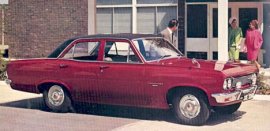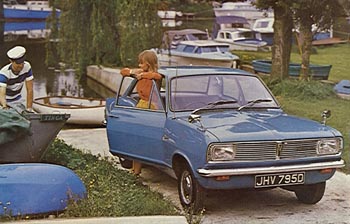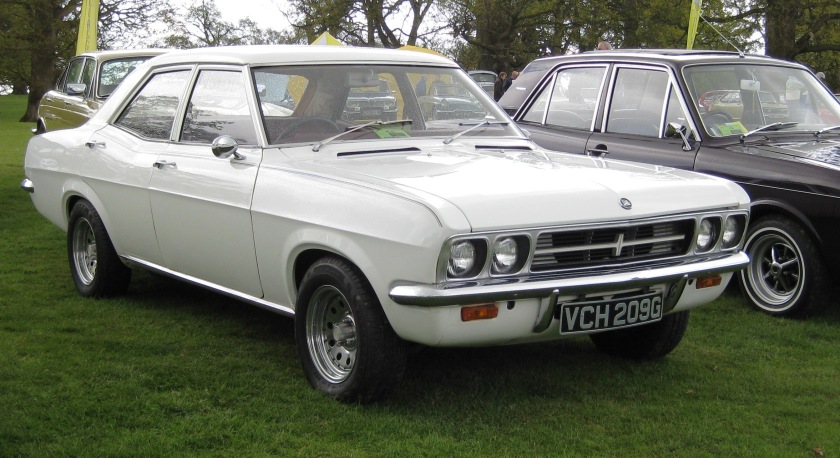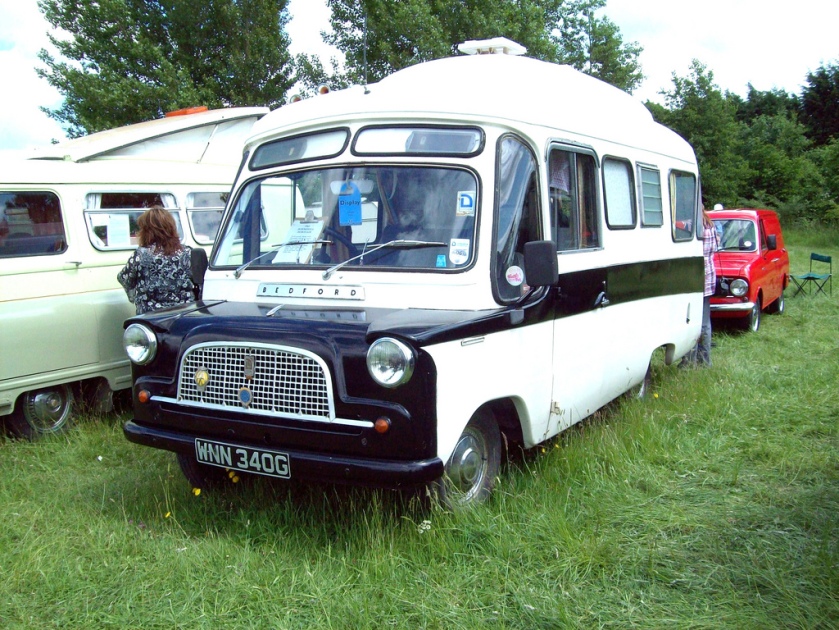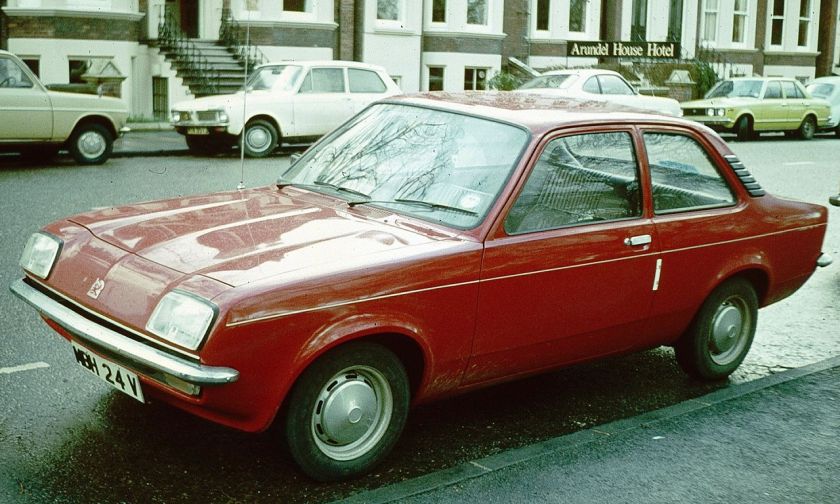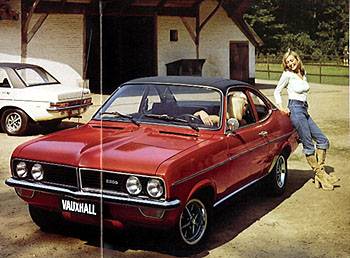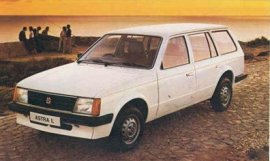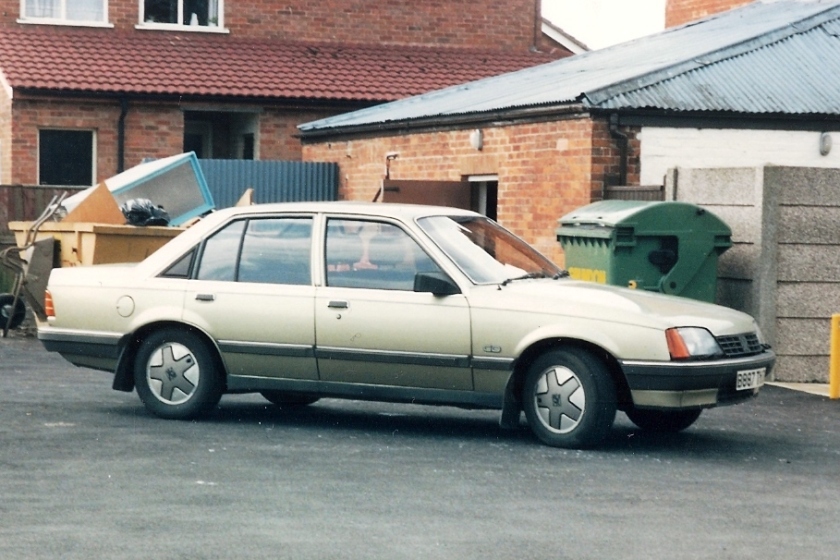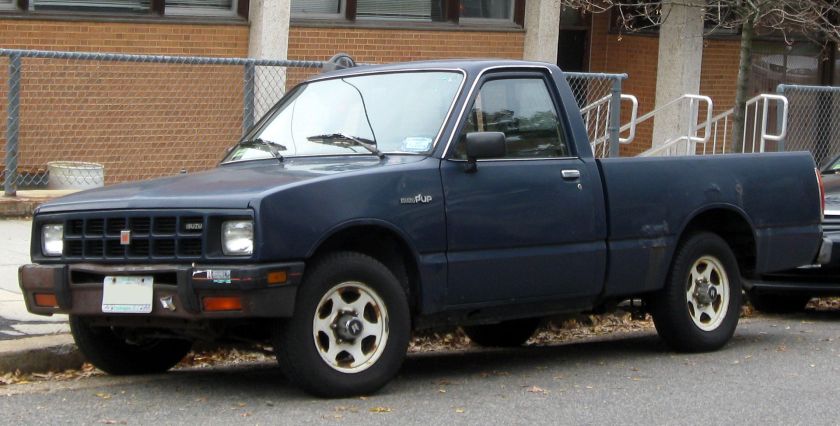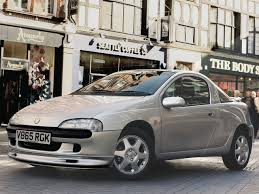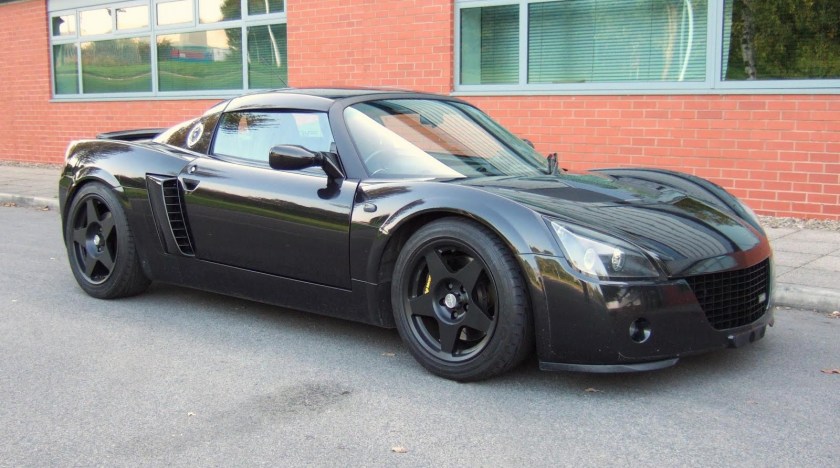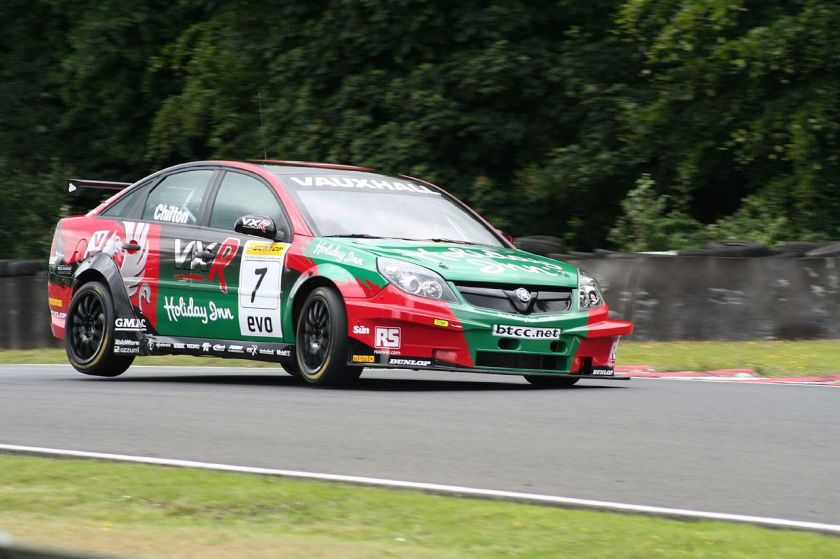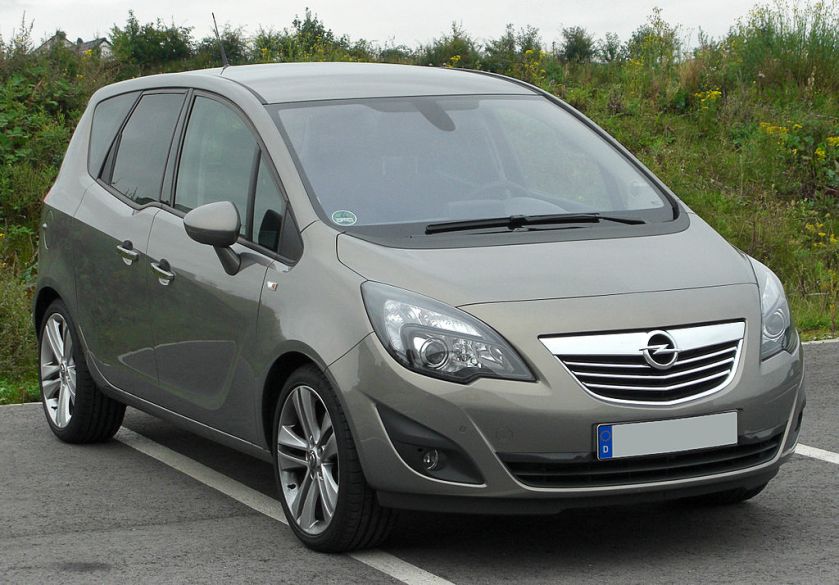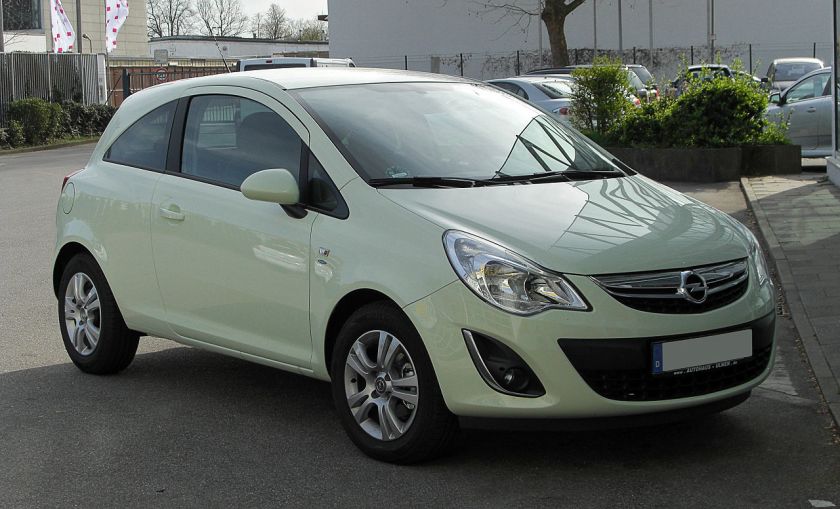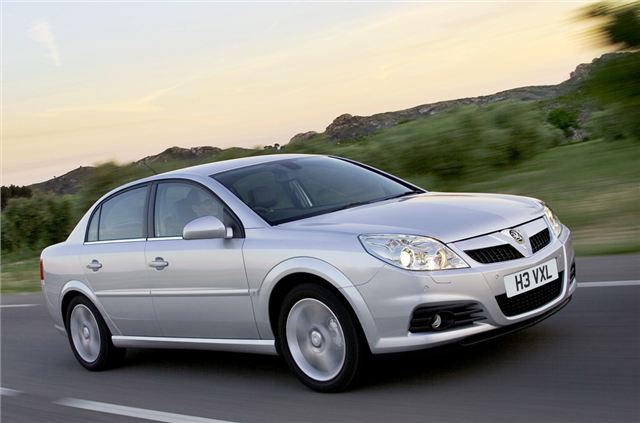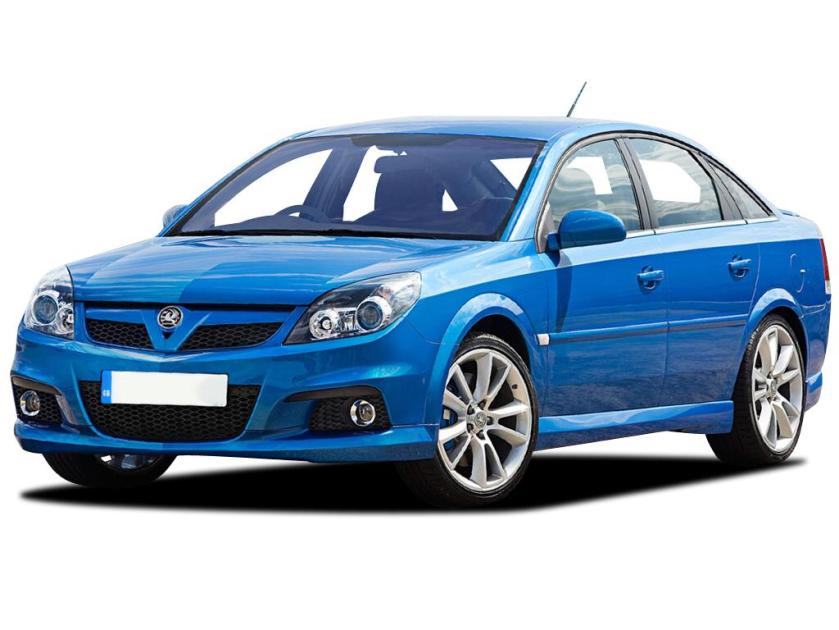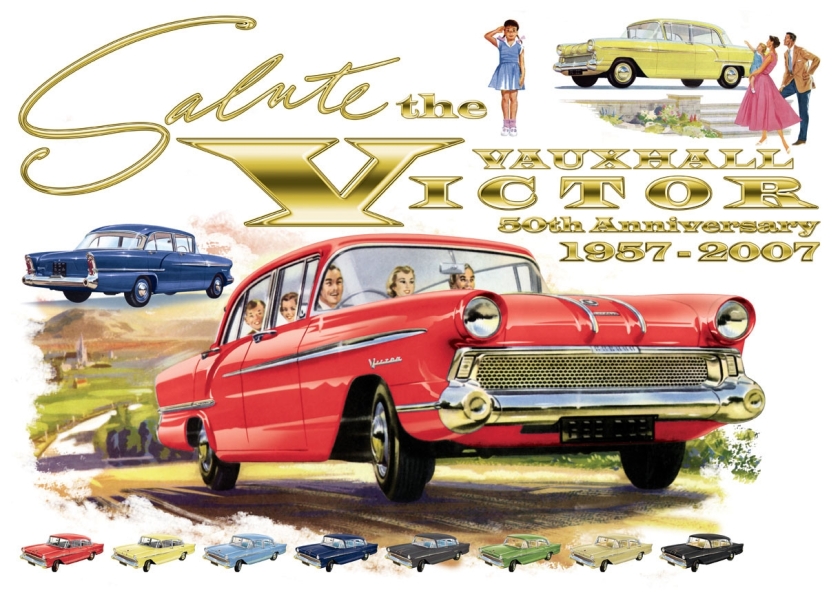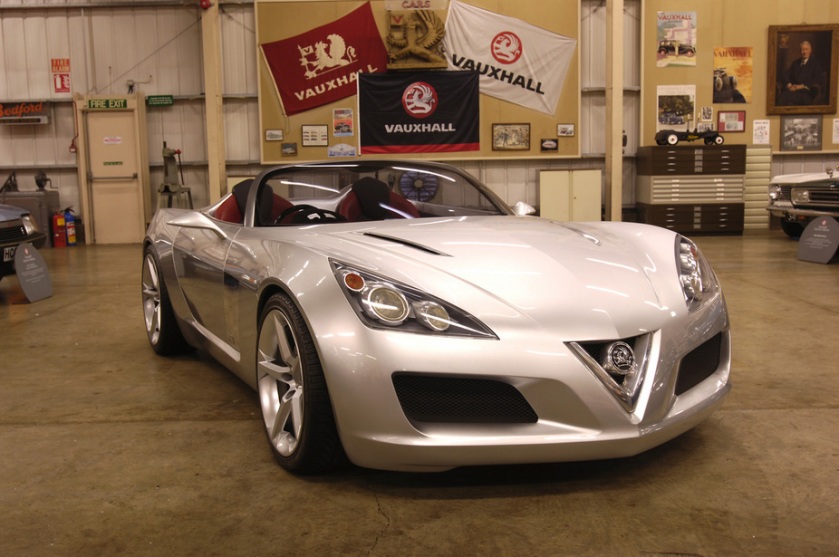Vauxhall Motors
 |
|
| Trading name | Vauxhall Motors |
|---|---|
| Type | Limited company |
| Industry | Automotive |
| Predecessors |
|
| Founded | London, England (1857) |
| Founders | Alexander Wilson |
| Headquarters | Luton, Bedfordshire, UK |
| Number of locations | Two manufacturing facilities in the UK |
| Area served | United Kingdom |
| Key people | Tim Tozer, Chairman & Managing Director |
| Products | Automobiles Commercial vehicles |
| Production output | 232,255 (2012 sales) |
| Services | Vehicle financing |
| Revenue | £3.785 billion (2004) |
| Operating income | £131 million (2004) |
| Profit | £-176 million (2004) |
| Owners | General Motors Company(Exhibit 21) |
| Employees | 4,029 (2011) |
| Parent | Adam Opel AG |
| Divisions | VXR |
| Website | vauxhall.co.uk |
| Footnotes / references | |
Vauxhall Motors (/ˈvɒksɔːl/; registered name General Motors UK Limited) is an English automotive manufacturing and distribution company headquartered in Luton, Bedfordshire, and an affiliated company of the German Adam Opel AG, both being wholly owned subsidiaries of the American General Motors (GM). The company sells passenger cars and light commercial vehicles under the Vauxhall marque; in the past it has also sold buses and trucks under the Bedford brand. Vauxhall has been the second-largest-selling car brand in the UK for more than two decades.
Vauxhall was founded by Alexander Wilson in 1857 as a pump and marine engine manufacturer and began manufacturing cars in 1903. It was acquired by GM in 1925. Bedford Vehicles was established as a subsidiary of Vauxhall in 1930 to manufacture commercial vehicles. Having previously been a luxury car brand, after the Second World War Vauxhall became increasingly mass-market. Since 1980, Vauxhall products have been largely identical to those of Opel, GM’s German subsidiary, and most models are principally engineered in Rüsselsheim, Germany. During the 1980s the Vauxhall brand was withdrawn from sale in all countries apart from the UK and its dependencies. Throughout its history, Vauxhall has been active in motorsports, including rallying and the British Touring Car Championship.
Vauxhall has major manufacturing facilities in Luton (commercial vehicles, IBC Vehicles) and Ellesmere Port, UK (passenger cars). The Luton plant currently employs around 900 staff and has a capacity of approximately 100,000 units. The Ellesmere Port plant currently employs around 1,880 staff and has a capacity of approximately 187,000 units. A high proportion of Vauxhall-branded vehicles sold in the UK, the Isle of Man and the Channel Islands are produced at Opel factories in Germany, Spain and Poland, and roughly 80% of Vauxhall production is exported, most of which is sold under the Opel brand.
Notable former Vauxhall production cars include the Viva, Victor, Chevette and Cavalier. The current Vauxhall car range includes the Adam (city car), Viva (city car), Ampera (extended range electric vehicle), Astra (small family car), Cascada (convertible), Corsa (supermini), Insignia (large family car), Meriva (compact MPV), Mokka (subcompact SUV) and Zafira Tourer (large MPV). Vauxhall sells high-performance versions of some of its models under the VXR sub-brand.
History
Foundation to 1925
30–98 Velox 1926
Vauxhall Griffin
on a 1921 Vauxhall 25
Scottish marine engineer Alexander Wilson founded the company at 90–92 Wandsworth Road, Vauxhall, London in 1857. Originally named Alex Wilson and Company, then Vauxhall Iron Works from 1897, the company built pumps and marine engines. In 1903 the company built its first car, a five-horsepower single-cylinder model steered using a tiller, with two forward gears and no reverse gear. About 70 were made in the first year, before the car was improved with wheel steering and a reverse gear in 1904. A single survivor could still be seen at the London Science Museum in 1968.
To expand, the company moved the majority of its production to Luton in 1905. The company continued to trade under the name Vauxhall Iron Works until 1907, when the modern name of Vauxhall Motors was adopted. The company was characterised by its sporting models, but after World War I the company’s designs were more austere.
Much of Vauxhall’s success during the early years of Vauxhall Motors was attributable to Laurence Pomeroy. He joined Vauxhall in 1906 at the age of twenty-two, as an assistant draughtsman. In the winter of 1907/8, the chief designer F. W. Hodges took a long holiday, and in his absence the managing director Percy Kidner asked Pomeroy to design an engine for cars to be entered in the 1908 RAC and Scottish Reliability Trial, held in June that year. The cars were so successful that Pomeroy took over from Hodges.
Pomeroy’s first design, the Y-Type Y1, had outstanding success at the 1908 RAC and Scottish 2000 Mile Reliability Trials – showing excellent hill climbing ability with an aggregate of 37 seconds less time in the hill climbs than any other car in its class. With unparalleled speeds around the Brooklands circuit, the Vauxhall was so far ahead of all other cars of any class that the driver could relax, accomplishing the 200 miles (320 km) at an average speed of 46 mph (74 km/h), when the car was capable of 55 mph (89 km/h). The Y-Type went on to win class E of the Trial.
The Y-Type was so successful that it was decided to put the car into production as the A09 car. This spawned the Vauxhall A-Type. Four distinct types of this were produced between 27 October 1908 – up to when mass production halted in 1914. One last A-Type was put together in 1920. Capable of up to 100 mph (160 km/h), the A-Type Vauxhall was one of the most acclaimed 3-litre cars of its day.
Two cars were entered in the 1910 Prince Henry Trials, and although not outright winners, performed well, and replicas were made for sale officially as the C-type – but now known as the Prince Henry. During the First World War, Vauxhall made large numbers of the D-type, a Prince Henry chassis with de-rated engine, for use as staff cars for the British forces.
After the 1918 armistice, the D-type remained in production, along with the sporting E-type. Pomeroy left in 1919, moving to the United States, and was replaced by C.E. King. In spite of making good cars, expensive pedigree cars of the kind that had served the company well in the prosperous pre-war years were no longer in demand: the company struggled to make a consistent profit and Vauxhall looked for a major strategic partner.
1925 to 1945
On 16 November 1925, Vauxhall was acquired by General Motors Corporation for US$2.5 million. The company’s image and target market were gently but firmly changed over the next five and more years, marked particularly by the introduction in late 1930 of the low-cost two-litre Vauxhall Cadetand the next year the first Bedford truck, which was Chevrolet based. Vauxhall’s chief engineer since 1920, Charles Evelyn King, would retire as engineering director in 1950. The company’s future chief engineer, Harold Drew, left Luton for a spell working as a draughtsman with GM’s Lansing-based Oldsmobile division. As the first significant post-acquisition passenger car, the Cadet, initially retailing at £280, is generally regarded as demonstrating Vauxhall’s newly acquired interest and expertise in controlling production costs, but it was also the first British car to feature a synchromesh gearbox.
During the Second World War car production at Luton was suspended to allow Vauxhall to work on the new Churchill tank. Despite a bombing raid in August 1940, in which 39 employees were killed, it was taken from specification to production in less than a year, and assembled there (as well as at other sites). More than 5,600 Churchill tanks were built. Luton also produced around 250,000 lorries for the war effort, alongside the new Bedford Dunstable plant, which was opened in 1942, with Bedford designs being common in British use. As a morale booster for the company employees, on 23, 24 and 25 February 1944, Adelaide Hall appeared in concert at the factory in Luton, where she entertained the employees during their lunch break. In all she performed in front of more than 10,000 workers; it was the first time that Vauxhall had contracted a star to perform at their factory for three consecutive days.
1945 to 1970
Passenger car production resumed after the end of the Second World War. Models were more mass-market than pre-war products, helping to drive an expansion of the company. A manufacturing plant at Ellesmere Port, Cheshire, was opened in 1962, initially making components to supply to the production lines in Luton, before passenger car production began there in 1964.
In 1963 production of the Vauxhall Viva small family car commenced, with the new car being aimed at the likes of the Ford Anglia and Morris Minor. The German version of the car was sold as the Opel Kadett. The locally assembled Vauxhall Viva was launched in Australia in May 1964. In 1966 Vauxhall’s Slant Four went into production – the first production overhead camshaft inline-four engine to use a rubber timing belt. Also the FD Victor was launched at the Earls Court Motor Show, considered by many to be one of Vauxhall’s finest all-British styling efforts.
During the 1960s Vauxhall acquired a reputation for making rust-prone models. The corrosion protection built into models was tightened up significantly, but the reputation dogged the company until the early 1980s.
In 1967 Vauxhall became a Royal Warrant Holder: Motor Vehicle Manufacturers to HM The Queen – The Royal Mews. The warrant of HRH The Prince of Wales was added in 1994.
By the late 1960s, the company was achieving five-figure sales on its most popular models, including the entry-level Viva and larger Victor.
1970 to 1990
In 1970 the HC Viva was launched, which went on to become Vauxhall’s best-selling car of the decade. In 1973 the Vauxhall Firenza “Droopsnoot” was unveiled at the Earls Court Motor Show, introducing the public to Vauxhall’s new aerodynamic look for all of its subsequent 1970s models.
By 1973 the Victor was losing sales in a market that was becoming increasingly dominated by the Ford Cortina. This was not enough to keep Vauxhall from being well behind market leaders Ford and British Leyland in sales, and most of its range was struggling even to keep pace with Chrysler UK (formerly the Rootes Group).
Vauxhall’s sales began to increase in 1975, with the launch of two important new models – the Chevette, a small three-door hatchback that was the first car of its kind to be built in Britain, the Chevette carrying the name Opel Kadett in Europe, and Chevrolet Chevette in the US and Canadian markets; and the Cavalier (Opel Ascona and Opel Manta elsewhere), a stylish four-door saloon designed to compete head-to-head with the all-conquering Ford Cortina. A two-door coupe and three-door “sport hatch” had joined the Cavalier range by 1978, but there was no estate version.
By the end of the 1970s, Vauxhall had boosted its market share substantially, and was fast closing in on Ford and British Leyland.
In 1978 Vauxhall strengthened its position in the executive car market with the launch of its all-new Carlton saloon and estate, which were facelifted versions of the German-built Opel Rekord.
By 1979, Vauxhall had increased its market share substantially; it was still some way behind Ford and British Leyland, but had overtaken Talbot (the Peugeot owned successor to Rootes and Chrysler UK). Early in 1980, Vauxhall moved into the modern family hatchback market with its Astra, (Opel Kadett elsewhere) range that replaced the ageing Viva. The Astra quickly became popular with buyers, but the 1981 Mk2 Cavalier – the first Vauxhall of this size to offer front-wheel drive and a hatchback bodystyle – was the car that really boosted Vauxhall’s fortunes.
Vauxhall’s most important model of the 1980s was the 1981 Mk2 Cavalier Built at the Luton Plant, which made the transition from rear-wheel drive saloon to front-wheel drive hatchback (though there was still a saloon version available, complemented in 1983 with an estate), this was also produced in Australia by Holdens and in fact the tailgates for the Vauxhall version were built there and shipped to Luton . For much of its life, it was Britain’s most popular large family car, vying with the Ford Sierra for top place. The Cavalier was relaunched in 1988, an all-new format which won praise for its sleek looks and much-improved resistance to rust.
The 1983 Nova (Opel Corsa elsewhere) supermini, available as a hatchback or a saloon that was built at the Zaragoza plant in Spain, completed Vauxhall’s regeneration, and it soon overtook Austin Rover (formerly British Leyland) as Britain’s second most popular carmaker. The arrival of the Nova spelled the end of the Chevette in early 1984 after nearly a decade in production.
The Astra further strengthened its position in the market with an all-new 1984 model that featured an aerodynamic design reminiscent of Ford’s larger Sierra.
In 1984 the aerodynamically styled Vauxhall Astra Mk2 built at the Ellesmere Port Plant became the first Vauxhall car to be elected European Car of the Year. Sales of the Senator, a rebadged Opel executive saloon also began, an upmarket version of the Carlton that is the first Vauxhall-badged car to share its nameplate with its Opel equivalent. A 5-door variant of the Nova was eventually launched, along with a 4-door saloon.
In January 1986, Vauxhall launched the Belmont – a saloon version of the Astra which offered more interior space and was almost as big as a Cavalier.
Vauxhall won another “European Car of the Year” award with its all-new Vauxhall Carlton, a rebadged Opel built vehicle and badged Opel Omega in the rest of Europe, sealing the award for 1987. The range was then extended by the more upmarket Senator, again a rebadged Opel. The Luton-built Cavalier (Mk3) (sold as the Opel Vectra in Ireland and mainland Europe) entered its third generation in 1988 – with an all-new sleek design that further enhanced its popularity. The Calibra coupé followed in 1989, which was officially the most aerodynamic production car in the world on its launch. Falling between the Cavalier and Senator was the Opel built Carlton (Opel Rekord and later Opel Omega elsewhere) – relaunched in 1986, and was voted European Car of the Year, a large four-door family saloon. There were two sports versions of the Carlton: the 3000 GSi and the Lotus Carlton, the latter being aimed at family-minded executives and, at 175 miles per hour (282 km/h), considered the fastest four-door production car at the time. Most importantly, the latest generation of Vauxhall models dispelled the image of rusting cars that had for so long put potential buyers off the Vauxhall brand.
By 1989 Vauxhall was on roughly equal terms with the Rover Group as Britain’s second most popular car brand (after Ford).
1990 to 2000
In 1991, Vauxhall’s corporate headquarters were moved to Griffin House, formerly the company’s design and testing building. In the same year, the third generation Vauxhall Astra went on sale (with Opel versions adopting the Astra nameplate for the first time) and the saloon version badged Astra rather than Belmont. Vauxhall joined forces with Isuzu to produce the Frontera, a four-wheel drive off-roader available in short and long-wheelbase versions.
In 1993 the Cavalier was firmly re-established as Britain’s most popular large family car, with more than 130,000 sales, while the third generation Astra (relaunched in 1991) with 100,000 sales was continuing to narrow the gap between itself and the best-selling Ford Escort. The Astra was now joined by the Belmont – a four-door booted version of the Astra. This continued for some time until being renamed Astra, presumably to provide combined sales/registration figures. The decade-old Nova was axed in 1993, in favour of the all-new Corsa, adopting the European naming of the model; its distinctive styling and practical interior began attracting more sales than its predecessor had done.
In 1994 GM ceased production of Bedford Vehicles because of the fact that their profits were decreasing over time, which had been Vauxhall’s commercial vehicle arm, making successful vans, trucks and lorries since the 1930s. The last “true” Bedford light commercials – the Bedford HA and Bedford CF panel vans – had already ceased production in 1983 and 1987 respectively, and had been replaced by licence-built versions of Isuzu and Suzuki vans such as the Midi and Rascal. Production of these models continued at Luton, now badged Vauxhall but by a separate company named IBC (Isuzu-Bedford Commercials). Also in 1994, the Vauxhall Carlton nameplate was abandoned after 16 years, and Omega took its place, becoming the first model to feature the new corporate “v” grille. Vauxhall also added another vehicle to its four-wheel drive line-up in the shape of the Isuzu-based Monterey. Vauxhall joined the expanding “compact coupé” market with its new Corsa-based Tigra model.
The Cavalier nameplate was axed in 1995 after 20 years, a full model after Opel had dropped its Ascona nameplate, Vauxhall adopting the common Vectra nameplate for its successor, completing a policy by General Motors that aligned and identically badged all Vauxhall and Opel models. Vectra received disappointing feedback from the motoring public, and several well-known journalists, most notably Jeremy Clarkson. Yet it was still hugely popular, and for a while after the 1999 facelift, it was actually more popular than Ford’s highly acclaimed Mondeo. In 1996, Vauxhall launched the short-lived Sintra large MPV. The Astra entered its fourth generation in 1998, and offered levels of build quality and handling that bettered all of its predecessors.
In 1999, the seven-seater compact MPV Zafira, based on the Astra chassis, went on sale and the Vauxhall Monterey was withdrawn from sale in the UK, although it continued to sell in the rest of Europe as an Opel.
In the late 1990s, Vauxhall received criticism in several high-profile car surveys. In 1998 a Top Gear customer satisfaction survey condemned the Vauxhall Vectra as the least satisfying car to own in Britain. A year later the Vauxhall marque was ranked last by the same magazine’s customer satisfaction survey. The Vauxhall range received particular criticism for breakdowns, build-quality problems, and many other maladies – which meant that quality did not reflect sales success. Nevertheless Vauxhall was competing strongly in the sales charts, and by 1999 was closer to Ford in terms of sales figures than it had been in years.
2000 to 2010
In 2000 Vauxhall entered the sports car market with the Lotus-based VX220 roadster. It re-entered the coupé market with the Astra Coupé. The new Agila city car and a second generation of the Corsa supermini also went on sale. On 12 December 2000, Vauxhall announced that car production at its Luton plant would cease in 2002, with the final vehicle being made in March 2002 following the end of production of the Vectra B and production of its replacement moving to Ellesmere Port alongside the Astra. Manufacture of vans (sold under the Vauxhall, Opel, Renaultand Nissan badges throughout Europe) continued at the IBC Vehicles plant in Luton. On 17 May 2006, Vauxhall announced the loss of 900 jobs from Ellesmere Port’s 3,000 staff, part of significant worldwide staff reductions by GM.
The Vauxhall Vectra Mark II, in production from 2002 to 2008
In 2002, the all-new Vectra went on sale, alongside a large hatchback badged as the Signum, which arrived the following year. 2002 was one of the best years ever for Vauxhall sales in the UK. The Corsa was Britain’s second most popular new car, and gave the marque top spot in the British supermini car sales charts for the first time. The Astra was Britain’s third best-selling car that year, while the Vectra and the Zafira (a compact MPV launched in 1999) were just outside the top ten. The second generation Vectra was launched in 2002 and was further improved over earlier Vectras, but was still hardly a class-leader, and now had to be content with lower sales due to a fall in popularity of D-sector cars; although a facelift in 2005 sparked a rise in sales.
In 2003, Vauxhall Omega production ended after nine years, with no direct replacement, while the Meriva mini-MPV was launched. Perhaps the most important Vauxhall product of the 2000s so far is the fifth generation Astra, launched in early 2004 – and praised by the motoring press for its dramatic styling. It was an instant hit with British buyers, and was the nation’s second best-selling car in 2005 and 2006, giving the all-conquering Ford Focus its strongest competitor yet. Many police forces across the United Kingdom adopted the Astra as the standard patrol vehicle (panda car). Also in 2004, production of the Frontera ended after 13 years, with no direct replacement.
In 2006, the third generation of the Vauxhall Corsa went on sale, after having its world premier launch at the 2006 British International Motor Show at ExCeL London. The second generation Corsa had been Britain’s most popular supermini for most of its production life, but by 2006 it had started to fall behind the best of its competitors, so an all-new model was launched. This Corsa sold far better than either of the previous Corsas, and it was an instant hit with buyers. Also in 2006, the second generation Zafira was the tenth-biggest selling car in the UK, the first time that an MPV had featured in the top 10 best-selling cars in Britain.
In 2007 Vauxhall’s new 4×4, the Vauxhall Antara, was released in July. Vauxhall’s powerful VXR8 that came with 306 kilowatts (416 PS; 410 bhp) was also introduced.
In 2008, Vauxhall began rebranding with a modified corporate logo. The Vauxhall Insignia was launched at the 2008 British International Motor Show at ExCeL London, replacing the Vectra and won another “European Car of the Year”. Vauxhall launched the new Agila city car.
In 2009, a new generation of the Vauxhall Astra was launched.
On 30 May 2009, a deal was announced which will lead to the spin-off of the Opel and Vauxhall brands into a new company. On 1 June 2009, Vauxhall Motors’ troubled parent company, General Motors filed for bankruptcy in a court in New York. By then the sale of Vauxhall and its sister subsidiary, Opel, was being negotiated as part of a strategy driven by the German government to ring fence the businesses from any General Motors asset liquidation. The sale to Canadian-owned Magna International was agreed on 10 September 2009, with the approval of the German government. During the announcement regarding the sale, Magna promised to keep the Vauxhall factory at Ellesmere Port open until 2013, but could not guarantee any further production after that date. On 3 November 2009, the GM board called off the Magna deal after coming to the conclusion that Opel and Vauxhall Motors was crucial to GM’s global strategy.
2010 to present
In 2010, the new Vauxhall Movano was launched and a new Meriva (launched at Geneva Motor Show) went on sale in mid-2010.
The Ampera E-Rev, short for extended range electric vehicle, went on sale in the UK in 2011 with a 16 kWh, 400 lb (180 kg) lithium-ion battery pack that delivers 40 miles (64 km) of motoring and a 1.4-litre petrol engine that extends the car’s range to 350 miles (560 km). It won the “European Car of the Year”. A new Vauxhall Combo went on sale in late 2011 and a facelifted Corsa went on sale in early 2011. The Zafira Tourer compact MPV was released in late 2011.
In 2012, the Vauxhall Adam city car was launched at the Paris Motor Show in late 2012, with sales beginning in early 2013. A new Vauxhall Mokka compact SUV was launched at the 2012 Geneva Motor Show.
In May 2012, GM announced plans to move much of the production of Astra vehicles from mainland Europe to the UK. The company announced it would invest £125 million in the Ellesmere Port factory and spend about £1bn in the UK component sector.
HydroGen4 is the successor of the fuel cell vehicle Opel HydroGen3, developed by General Motors/Opel and presented in 2007 at the IAA in Frankfurt expected to hit the market in 2016.
Current model range
Passenger cars
The following tables list current and announced Vauxhall production vehicles as of 2014:
| Adam |  |
City car |
|
| Ampera |  |
Plug-in hybrid |
|
| Antara |  |
Compact crossover SUV |
|
| Astra |  |
Small family car |
|
| Cascada | 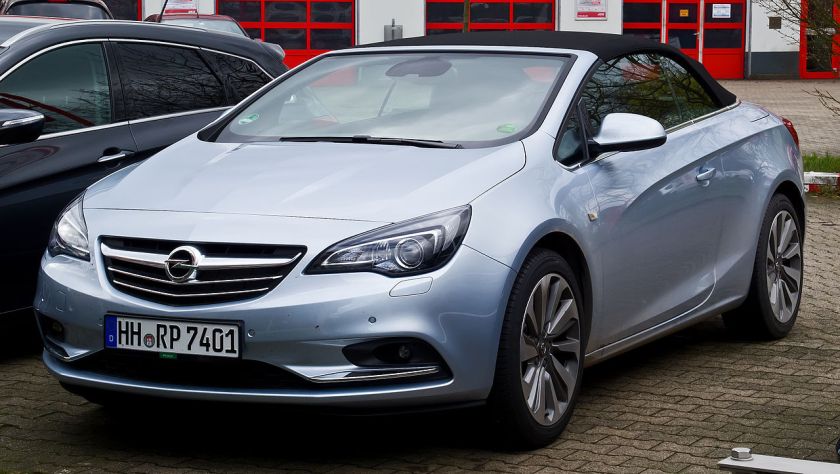 |
Mid-size car |
|
| Combo Tour |  |
Leisure activity vehicle |
|
| Corsa |  |
Supermini |
|
| Insignia |  |
Large family car |
|
| Meriva |  |
Compact MPV |
|
| Mokka | 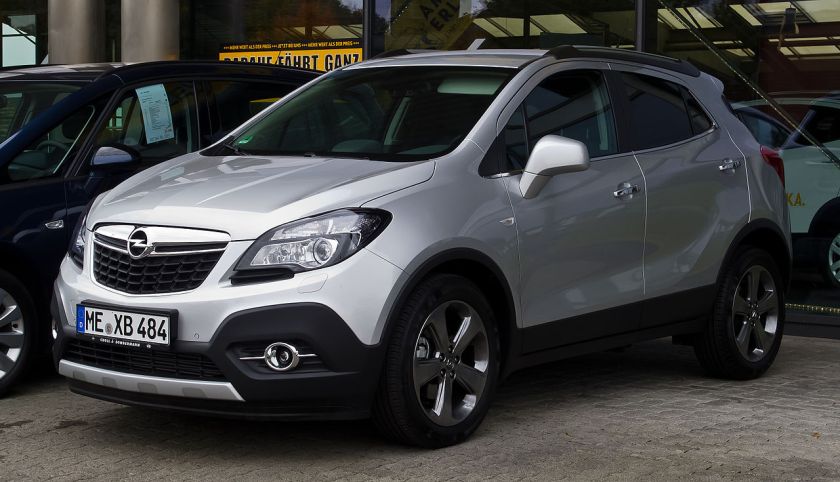 |
Subcompact crossover SUV |
|
| Viva |  |
City car |
|
| Zafira Family |  |
Compact MPV |
|
| Zafira Tourer | 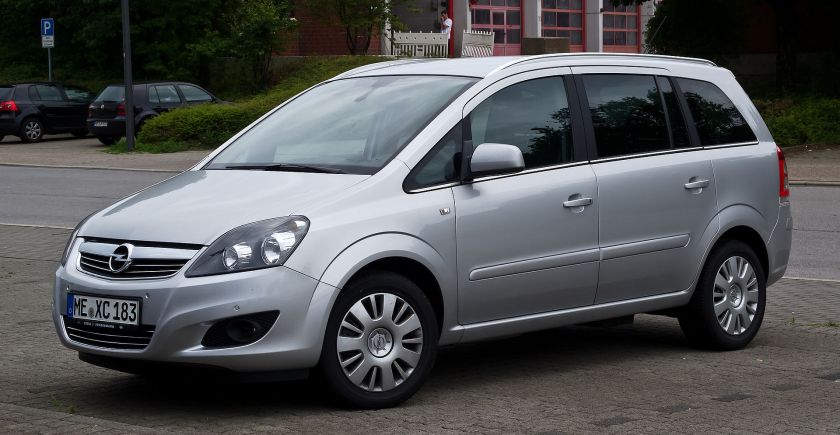 |
Large MPV |
|
Commercial vehicles
| Corsavan |  |
Car-derived van |
|
| Combo | Panel van |
|
|
| Vivaro |  |
Light commercial vehicle |
|
| Movano |  |
Light commercial vehicle |
|
VXR models
The VXR range is analogous to the OPC range made by Opel Performance Center, the HSV range made by Holden Special Vehicles in Australia and the SS range made by Latin AmericaChevrolet. The models include the Corsa VXR, Astra VXR, Insignia VXR, Meriva VXR, Zafira VXR, VXR8, VX220 (no longer in production), and the Australian-built Holden Monaro (also no longer in production). These vehicles are high-performance machines, and are ideally aimed for younger buyers. Vauxhall unveiled a new model based on the Australian HSV Maloo at the 2005 National Exhibition Centre motor show in Birmingham, England. It was claimed that the monstrous V8 Ute had a top speed around 200 mph (320 km/h) – which is extremely fast for autility vehicle. However, the model never got to the showroom in the United Kingdom. The Monaro is also no longer made, but a new version (a four-door saloon) is now on sale as the VXR8. The VXR8 is based on Australia’s HSV Clubsport R8. This car reaches 0–60 in 5 seconds, in similar territory to other muscle car contemporaries such as the Dodge Viper (SRT-10) andCorvette Z06 – and marginally slower than the FPV FG F6. The VXR badge is a symbol of the combined technological resources of the global General Motors group, and the recognised expertise of consultants Lotus and the Triple Eight Racing Team.
| Astra VXR |  |
Compact sports car |
|
| Corsa VXR | 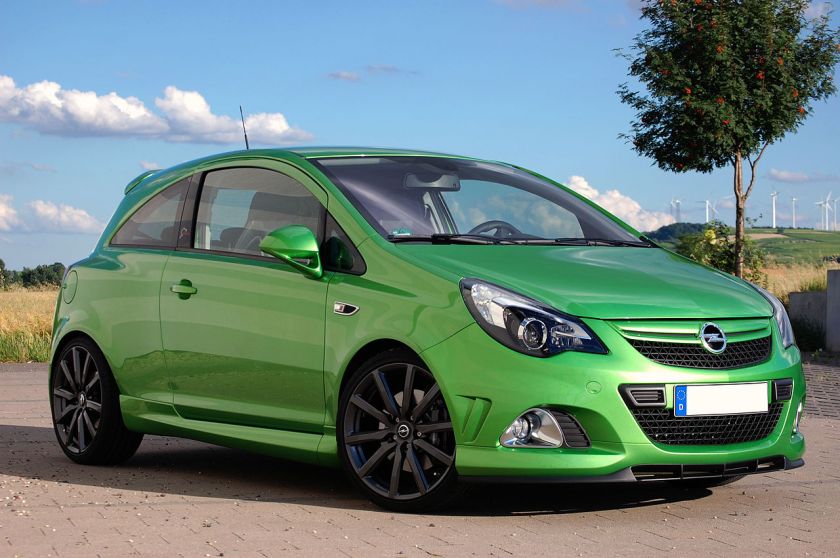 |
Supermini |
|
| Insignia VXR |  |
Large family car |
|
| VXR8 GTS |  |
Full-size car |
|
Discontinued models
Passenger cars
Cars designed by independent Vauxhall:
- 6 (1903–04)
- 9 (1905)
- 12 (1905)
- 12–16 (1906–08)
- 14 (1905)
- 14 and 14–40 (1922–27)
- 16 (1909–10)
- 16–20 (1911–15) A
- 18 (1906)
- 20 (1908–12) A
- 20 (1911–12) C Prince Henry
- 20–60 (1927–30) R and T
- 22 (1912) A
- 22 (1912–14) C Prince Henry
- 23–60 (1922–26) OD
- 25 (1912–22) D
- 25–70 (1926–28)
- 27 (1910) B
- 30 (1911–12) B
- 30–98 (1913–22) E & OE
- 35 (1913–15) B
- 80 (1930–33) T-80, Silent 80
- A-type (1911–14)
- B-type (1910–14)
- C-type “Prince Henry” (1911–13)
- D-type (1912–22)
- E-type (1913–22)
Cars designed after acquisition by General Motors:
 Vauxhall 14 (1933–39) Light Six
Vauxhall 14 (1933–39) Light Six Vauxhall Agila (2000–15)
Vauxhall Agila (2000–15) Vauxhall Belmont (1986–91)
Vauxhall Belmont (1986–91) Vauxhall Cadet (1931–33)
Vauxhall Cadet (1931–33) Vauxhall Calibra (1989–97)
Vauxhall Calibra (1989–97) Vauxhall Signum (2003–08)
Vauxhall Signum (2003–08)Commercial vehicles
- Bedford Astramax (1984–92)
- Bedford Beagle (1964–73)
- Bedford CA (1952–69)
- Bedford CF (1969–88)
- Bedford Dormobile
- Bedford Midi
- Bedford Rascal (1986–93, rebadged Suzuki Supercarry)
Vauxhall branded
- Vauxhall Arena (1997–2000, rebadged Renault Trafic)
- Vauxhall Brava
Relationship with other GM products
General Motors began to merge the product lines of Vauxhall and Opel in the early 1970s, largely in favour of Opel products. The 1972 FE Victor was essentially the first exponent of this strategy, sharing its bodywork and platform with the Opel Rekord D, although still retained Vauxhall-designed running gear. The second was the 1975 Vauxhall Chevette, which was a reworked Opel Kadett. By the end of the 1970s most Vauxhalls were based on Opel designs. The Chevette, Cavalier and Carlton were restyled versions of the Kadett, Ascona and Rekord respectively, featuring a distinctive sloping front end, nicknamed the “droopsnoot”, first prototyped on the HPF Firenza, although some models from these ranges still used Vauxhall engines. However the Carlton/Viceroy and Royale were simply rebadged versions of Opel’s Opel Commodore C and Senator, imported from Germany. Vauxhall Chevettes and Cavaliers were produced in left hand drive for sale in Continental Europe, the Cavalier initially being built at GM’s plant in Antwerp, Belgium.
With the 1979 demise of the last solely Vauxhall design, the Viva (although the last “true” Vauxhall product can be argued to be the Bedford CF panel van, which ceased production in 1987), GM policy was for future Vauxhall models to be, in effect, rebadged Opels, designed and developed primarily in Rüsselsheim. The original Astra, launched in 1980, set the eventual precedent for all GM Europe vehicles from that point onward – apart from the badging it had no styling or engineering difference from its Opel sister – the Kadett D. In the late ’70s and early ’80s, GM dealers in Ireland and the United Kingdom sold highly similar Opel and Vauxhall models alongside each other. This policy of duplication was phased out, beginning with the demise of separate Opel dealerships in the UK in 1981, the remainder becoming Vauxhall-Opel. The last Opel car (the Manta coupé) to be officially sold in Britain was withdrawn in 1988.
Similarly, the Vauxhall brand was dropped by GM in Ireland in favour of Opel in 1982, with other RHD markets like Malta and Cyprus soon following suit. In New Zealand, the brand was withdrawn in favour of Holden after the demise of the Chevette. GM Europe then began to standardise model names across both brands in the early 1990s. The Vauxhall Astra and Opel Kadett, for example, were both called Astra from 1991 onwards and the Vauxhall Nova and Opel Corsa were both called Corsa from 1993. The change was completed in 1995 when the Vauxhall Cavalier Mk 3 (Opel Vectra A) was replaced by the Opel Vectra B, called Vauxhall Vectra. Apart from the VX220, sold by Opel as the Speedster, all of Vauxhall’s subsequent models have had the same names as those of Opel.
From 1994, Vauxhall models differed from Opels in their distinctive grille – featuring a “V”, incorporating the Vauxhall badge. This was also used by Holden in New Zealand, by Chevrolet in Brazil on the Mk1 Chevrolet Astra (Opel Astra F) and on the Indian version of the Opel Astra. The “V” badging is an echo of the fluted V-shaped bonnets that have been used in some form on all Vauxhall cars since the very first. The “V” grille is not however used on the Vectra-replacing Insignia, unveiled in 2008 and the 2009 Vauxhall Astra and the 2010 Vauxhall Meriva. All the above, plus the US Saturn brand up to its demise in 2009, used the same grille bar with the “V” almost entirely muted out. These bars all carried identical badge mounts, enabling brand badges to be readily interchangeable.
A model unique to the Vauxhall range was the high-performance Monaro coupé, which was sourced from and designed by Holden in Australia. Although this model was also produced in left hand drive (LHD) for markets like the US (where it was known as the Pontiac GTO) and for the Middle East (as the Chevrolet Lumina Coupe), the model was not offered by Opel in mainland Europe. Imports of this vehicle were limited to 15,000 to avoid additional safety testing. Future vehicles that have been confirmed by Vauxhall, but not by Opel, are the Holden Commodore SSV and the HSV GTS. Vauxhall confirmed the importation of the GTS just after the reborn Opel GT roadster was announced as not being imported into the UK.
The bodywork for the Holden Camira estate was used for the Vauxhall Cavalier estate in the UK (though not for the identical Opel Ascona in the rest of Europe) – conversely the rear bodywork of the T-car Vauxhall Chevette estate and Bedford Chevanne van was used for the respective Holden Gemini versions. Vauxhall’s compact car, the Viva, formed the basis of the first Holden Torana in Australia in the 1960s.
Many cars badged as Opels, even LHD models, are produced by Vauxhall for export. Vauxhall has built some Holdens for export, too, notably Vectra-As to New Zealand and Astra-Bs to both Australia and New Zealand.
| Vauxhall | Opel |
|---|---|
| Nova | Corsa A |
| Chevette | Kadett C |
| Astra Mk 1 | Kadett D |
| Astra Mk 2 | Kadett E |
| Cavalier Mk 1 | Ascona B |
| Cavalier Mk 2 | Ascona C |
| Cavalier Mk 3 | Vectra A |
| Carlton Mk 1 | Rekord E |
| Carlton Mk 2 | Omega A |
| Viceroy | Commodore C |
| Royale | Senator A |
Operations
Vauxhall is headquartered in Luton, Bedfordshire, UK and has major manufacturing facilities in Luton (commercial vehicles, owned by sister company IBC Vehicles) and Ellesmere Port, UK (passenger cars).
The Luton plant currently employs around 900 staff and has a capacity of approximately 100,000 units. The plant site has a total area of 387,000 square metres. The plant currently produces the Vivaro light commercial van.
The Ellesmere Port plant currently employs around 1,880 staff and has a capacity of approximately 187,000 units. The plant site has a total area of 1,209,366 square metres. The plant currently produces the Astra and Astra Sports Tourer.
From 1942 to 1987 Vauxhall operated a truck and bus vehicle assembly plant in Dunstable, Bedfordshire. Developed and opened by Vauxhall in 1942 under instruction from the Ministry of Production as a shadow factory, it became a production site for Bedford Vehicles in the 1950s.
Vauxhall’s original car plant in Luton stood next to the commercial vehicle plant. After production ceased there in 2002, the plant was demolished and, after several proposals for redevelopment, permission was granted for the site to be redeveloped as the Napier Park housing estate in January 2014.
Logo
The griffin emblem, which is still in use, is derived from the coat of arms of Falkes de Breauté, a mercenary soldier who was granted the Manor of Luton for services to King John in the thirteenth century. By marriage, he also gained the rights to an area near London, south of the Thames. The house he built, Fulk’s Hall, became known in time as Vauxhall. Vauxhall Iron Works adopted this emblem from the coat of arms to emphasise its links to the local area. When Vauxhall Iron Works moved to Luton in 1905, the griffin emblem coincidentally returned to its ancestral home.
The logo as pictured used to be square, but it is now circular, to enable it to fit in the same recess designed for the circular Opel emblem. Since the 1920s, the griffin has been redesigned and released 9 times. 2008 saw the release of a revised version of the 2005 logo. Bill Parfitt, Chairman and Managing Director of GM UK, said, “While the new-look Griffin pays homage to our 100 year-plus manufacturing heritage in the UK, it also encapsulates Vauxhall’s fresh design philosophy, first showcased in the current Astra, and set to continue with Insignia.”
-
The Vauxhall logo of the 1970s and 1980s
-
The current Vauxhall grillplate (2008 to present)
Sponsorships
Vauxhall Motors sponsored the Football Conference, the highest non-league division of English football, from 1986 until 1998. It took over from Gola, and remained in association with the league for twelve years, before ending its backing and being replaced by Nationwide Building Society. In 2011, Vauxhall became the primary sponsor for the home nations national football teams (England, Northern Ireland, Scotland and Wales).
Motorsports
Vauxhall have competed successfully in several forms of motorsport.
During the 1970s Vauxhall had a strong presence on the British rallying scene. The Magnum coupe was heavier and less powerful than the dominantFord Escort, but still put up some strong performances in the hands of drivers such as Will Sparrow and Brian Culcheth. From 1976, Vauxhall decided to heighten their profile in the sport by building a homologation-special version of the Vauxhall Chevette, known as the Chevette HS. This was a much more serious contender, and in the hands of drivers such as Pentti Airikkala, Tony Pond, Russell Brookes and Jimmy McRae it and its successor version, the Chevette HSR, won many events in Britain and Europe. Airikkala won the British Rally Championship in a Chevette in 1979.
The Chevette was retired in 1983, and effort was concentrated for the next few years on the Group B Opel Manta 400. However, the Vauxhall Astra and Vauxhall Nova were campaigned in the lower power classes during the mid-1980s, and became popular amateurs’ cars thanks to their reliability, ease of tuning and ready supply of parts. After the banning of Group B in 1986 the Group A Astra returned to the forefront. As a two-litre, front-wheel-drive car it was unable to challenge the four-wheel-drive cars for outright victory, but did score top ten placings on several World Championship events. Louise Aitken-Walker won the ladies’ World Championship in 1990 in an Astra, despite a serious accident on that year’s Rally of Portugal when her car rolled down a hillside and into a lake.
During 1991–2 serious consideration was given to campaigning the four-wheel-drive version of the Vauxhall Calibra in British and possibly world rallies, and a trial version contested the 1993 Swedish Rally in the hands of Stig Blomqvist. However, the cost was judged prohibitive, and in any case the ‘Formula 2’ category had been introduced into British rallying. The latest version of the Astra was an ideal contender, and won the category in the 1993 and 1994 championships, driven by David Llewellin. Vauxhall campaigned successive versions of the Astra in the British championship until the late 1990s.
Vauxhall first entered the British Touring Car Championship with the Vauxhall Cavalier in 1989. The lead driver was John Cleland, who remained with the team until his retirement in 1999. The Cavalier was competitive, and often the fastest front-wheel-drive car in the series, and Cleland was second in the title race in 1992, and then fourth in the following two years. In 1995, however, he won the title (adding to his 1989 title win in an Astra). The Cavalier was replaced by the Vectra for 1996. Yvan Muller was sixth in the 1999 British Touring Car Championship and fourth in 2000.
In 2001 the BTCC regulations changed and Vauxhall brought the Astra Coupe into the BTCC. The Astra would dominate the BTCC between 2001 and 2004 with the drivers title won by Jason Plato in 2001, James Thompson in 2002 – 2004 and Yvan Muller in 2003. Vauxhall also won the Manufacturers Award and Teams Award every year also.
In 2005 the Astra Coupe was replaced by the Astra Sport Hatch however it was not as competitive as the Astra Coupe and restricted success for Vauxhall in 2005 and 2006.
In 2007 The regulations changed again and Vauxhall brought the Vectra back. The Vectra brought success back to Vauxhall after Fabrizio Giovanardi won the 2007 and 2008 BTCC championship. Fabrizio Giovanardi finished 3rd in the championship in 2009 before Vauxhall pulled sponsorship out at the end of 2009 due to and the economic crisis and lack of official manufacturers in the BTCC.




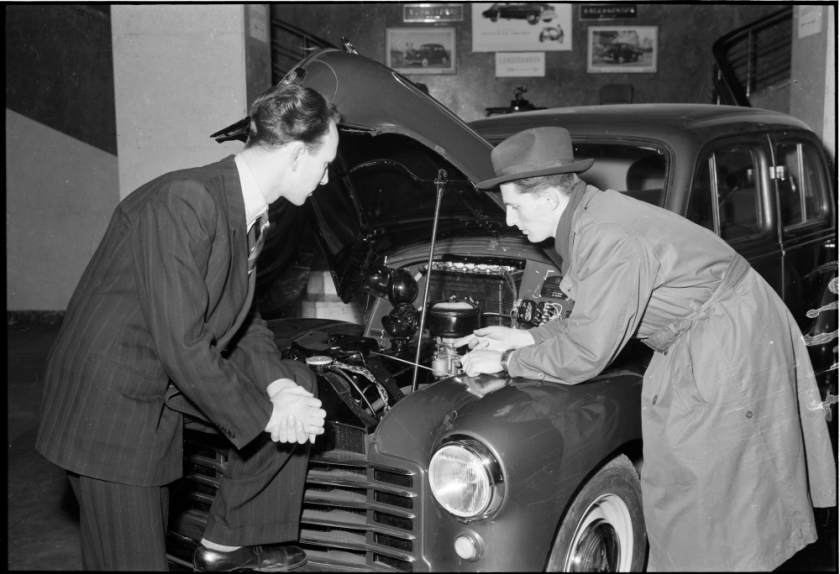


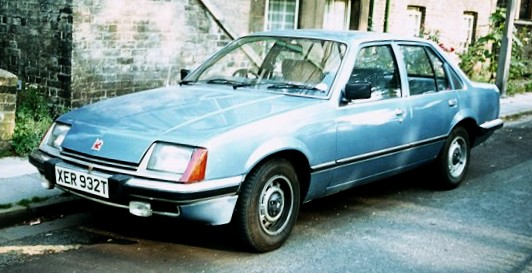

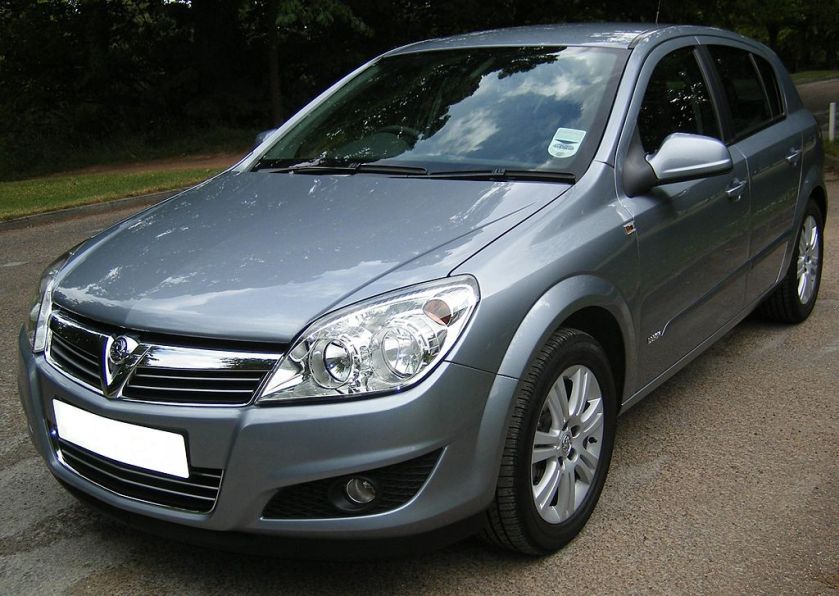




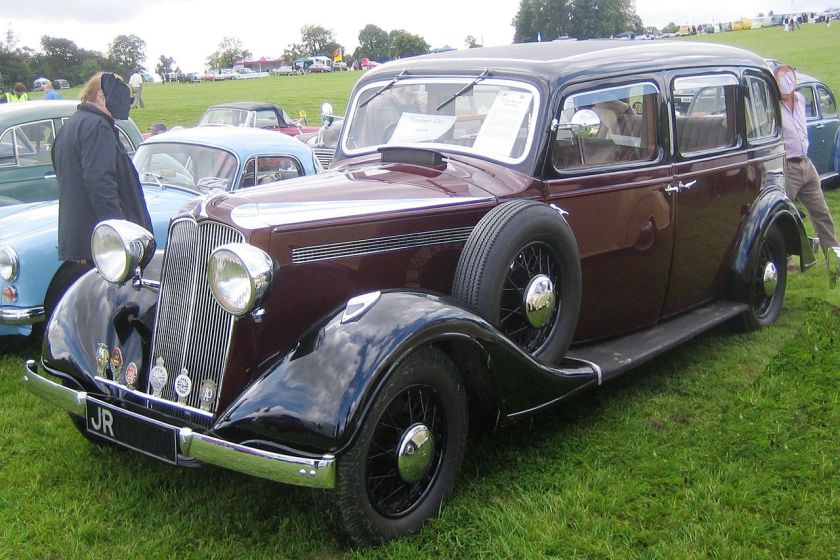
















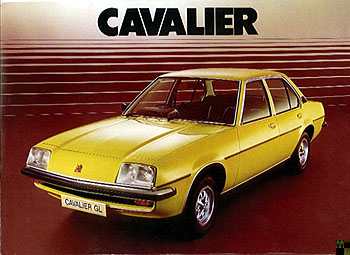

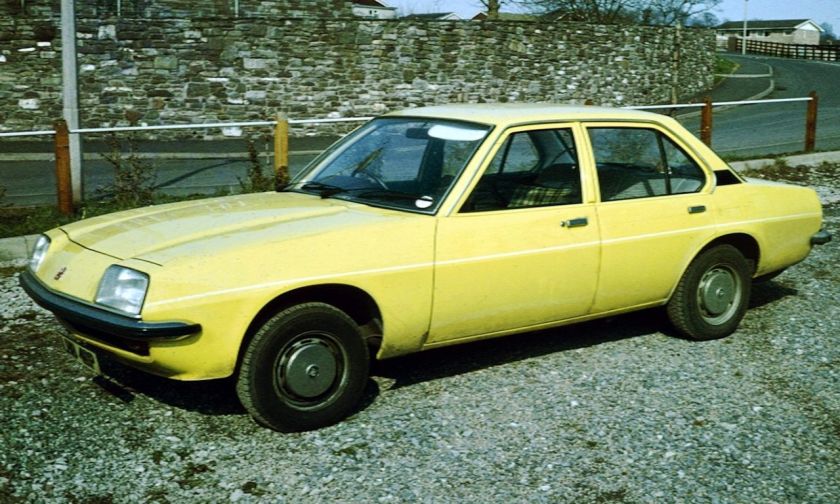











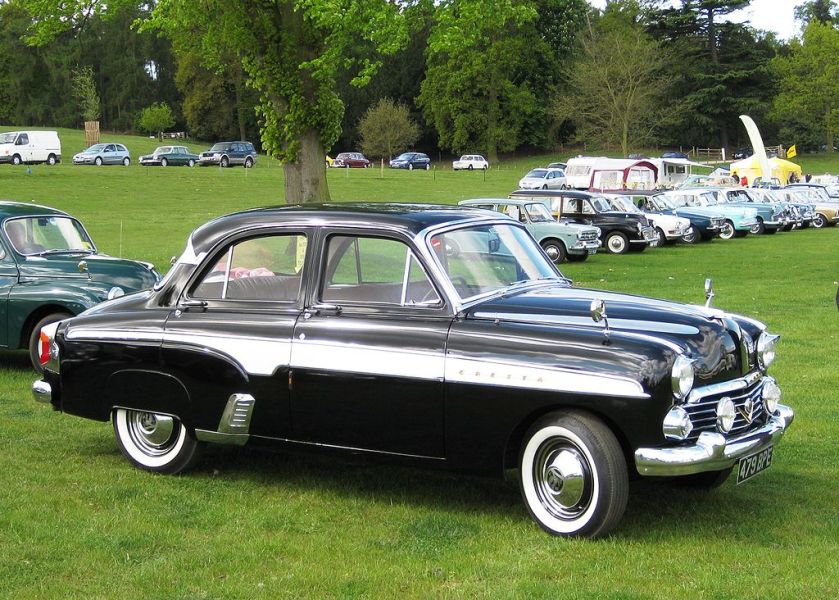






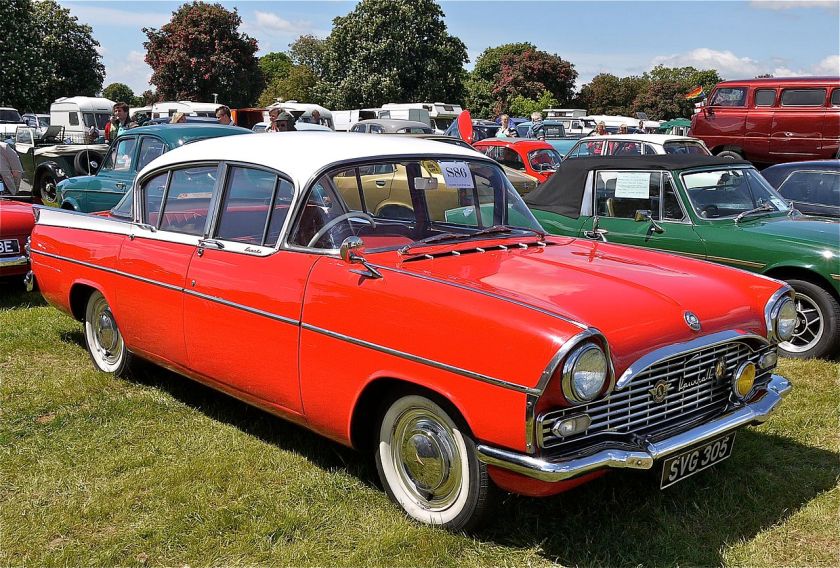

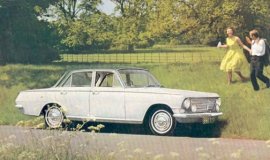



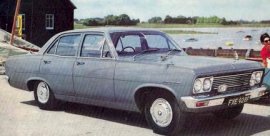






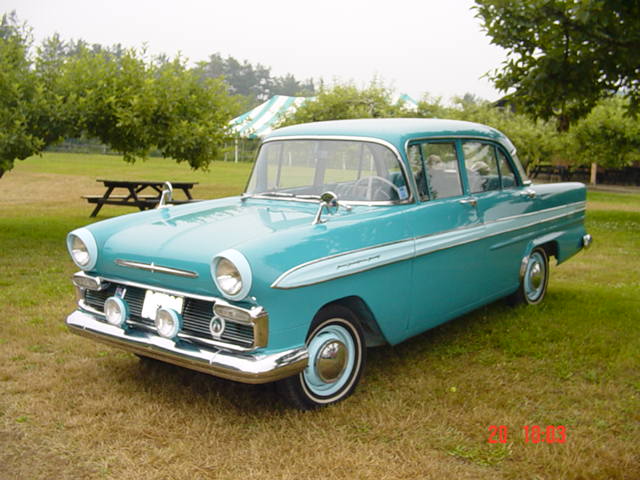



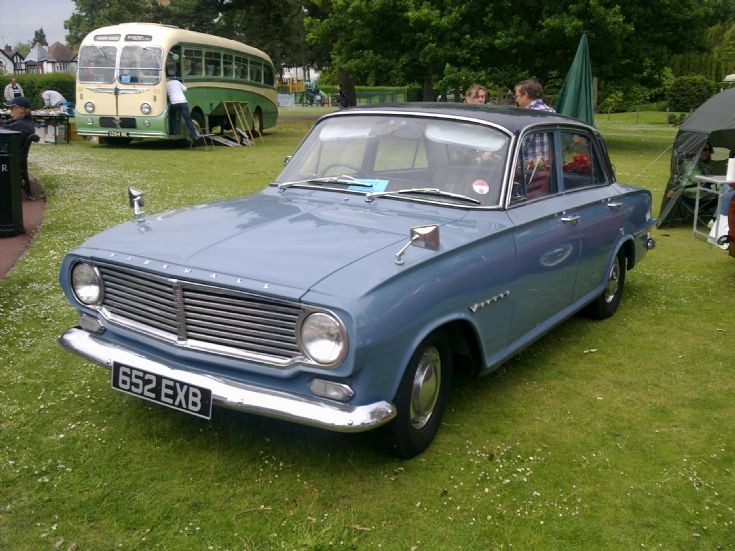
![1962 Vauxhall Victor FB(GX-98-63), NN-38-81 Opel Caravan [1953]](https://myntransportblog.wordpress.com/wp-content/uploads/2014/12/1962-vauxhall-victor-fbgx-98-63-nn-38-81-opel-caravan-1953.jpg?w=840)



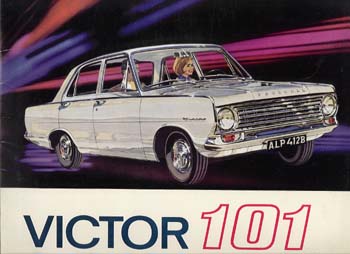



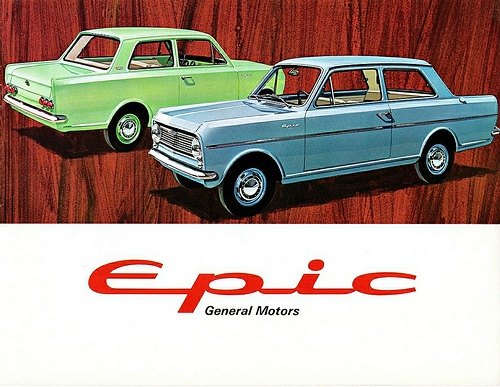




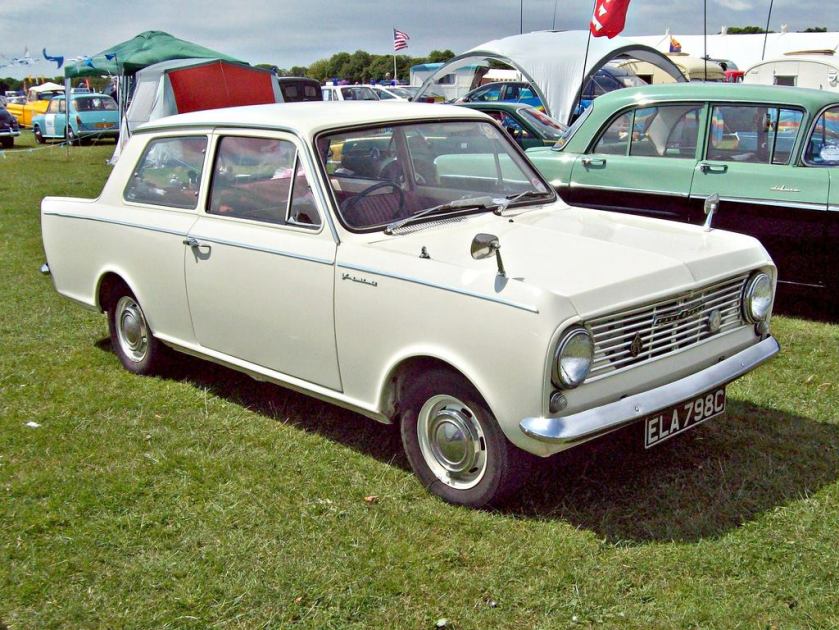








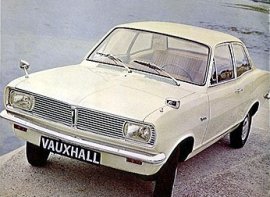







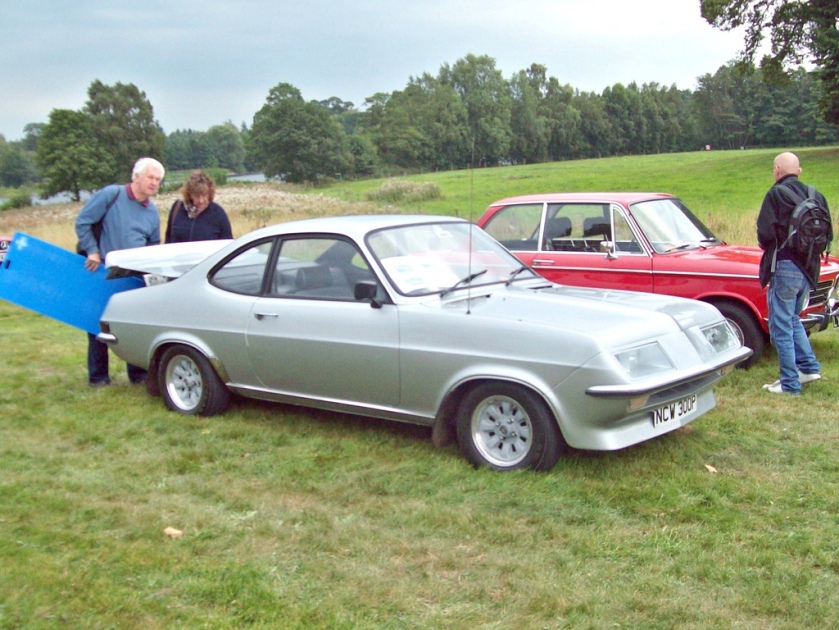

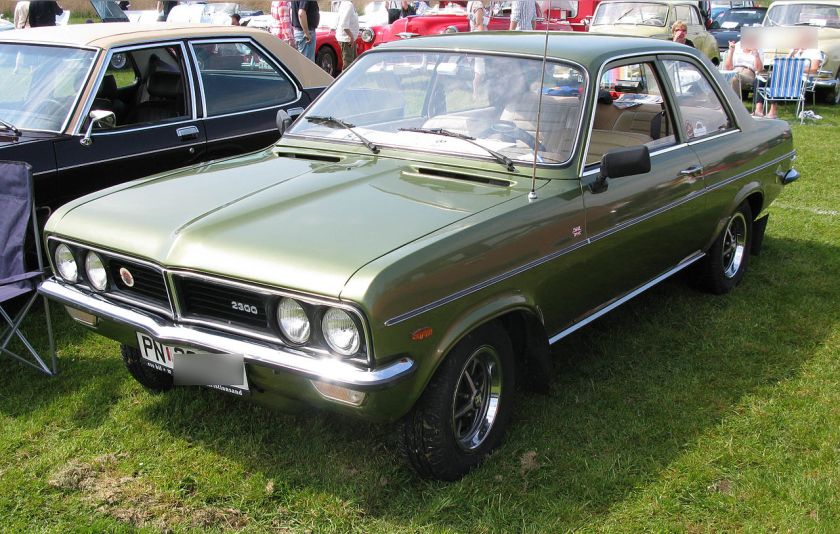











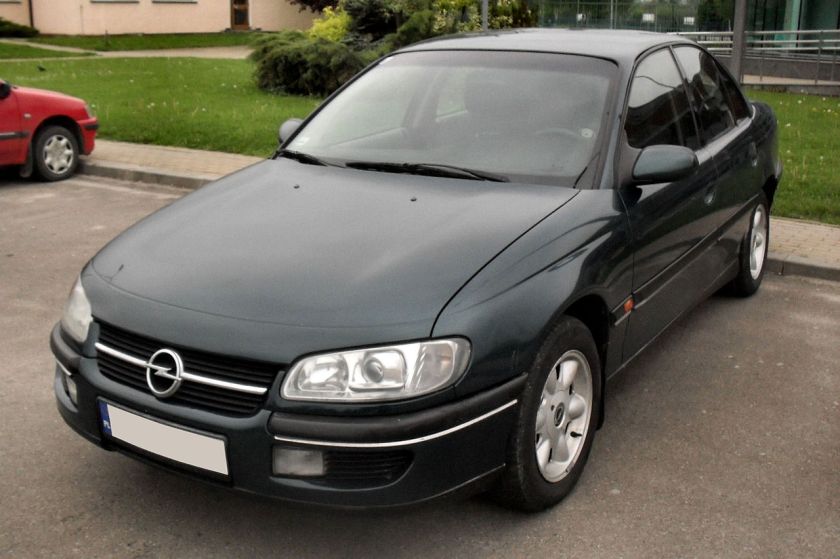











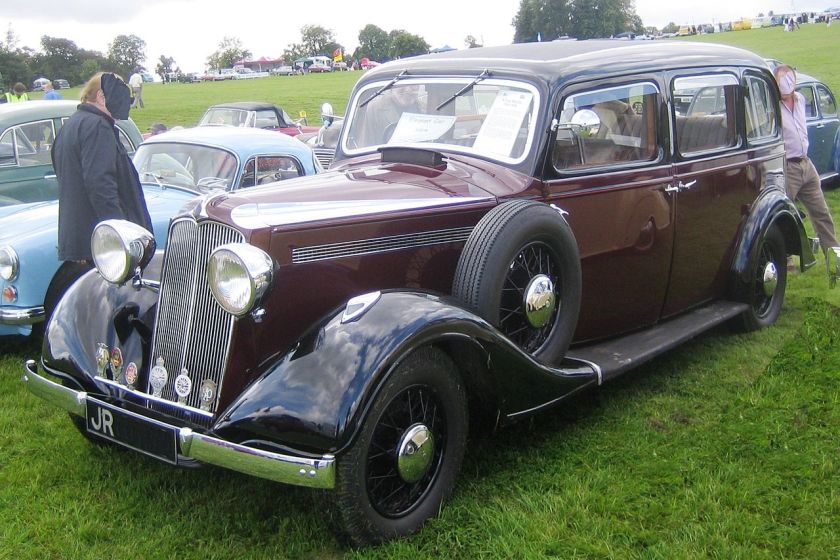









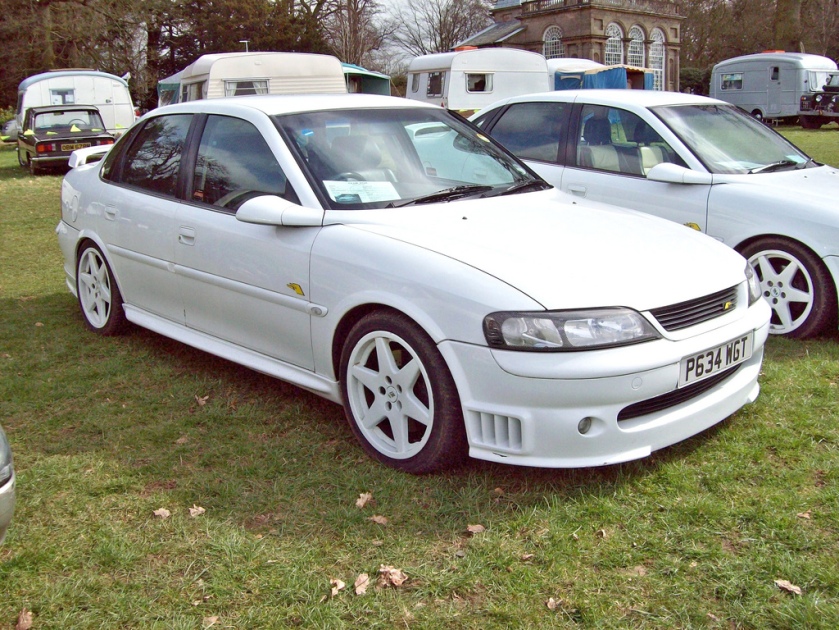









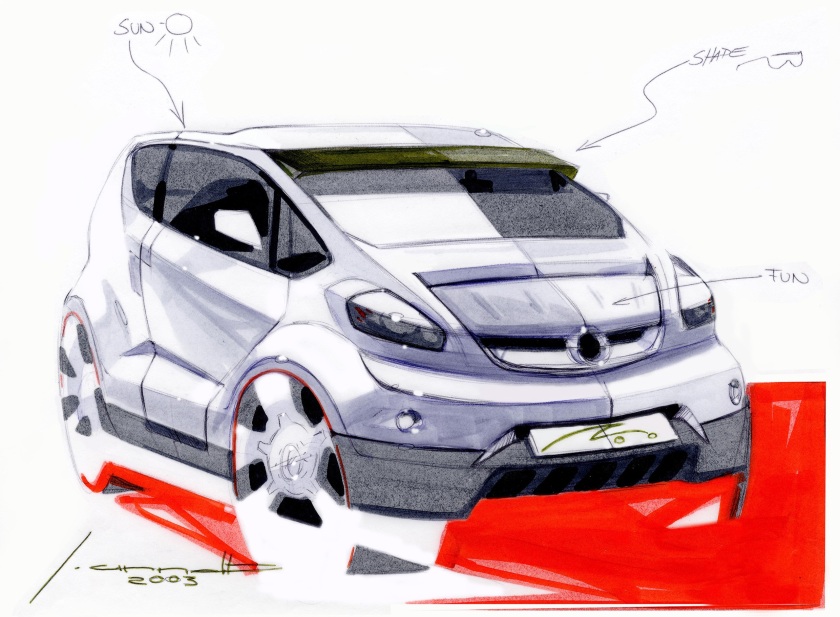






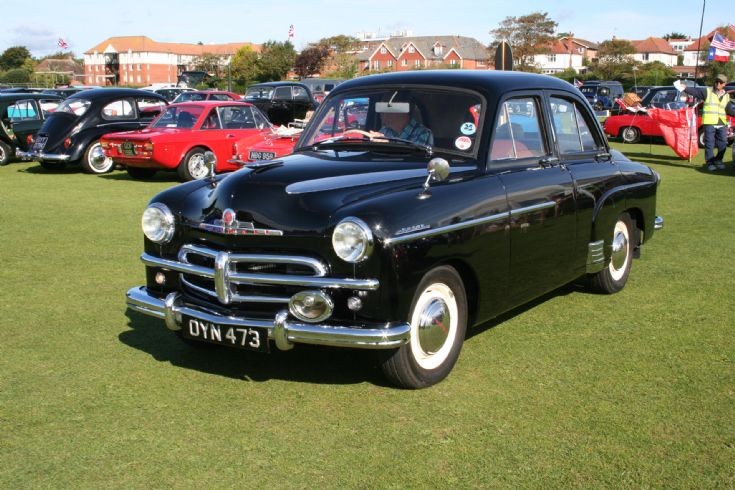







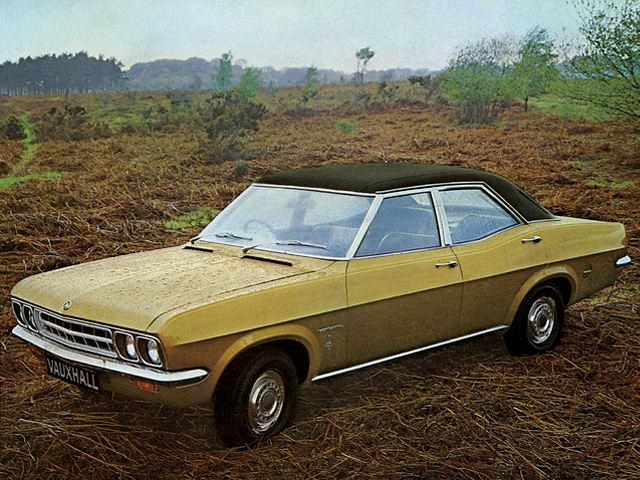










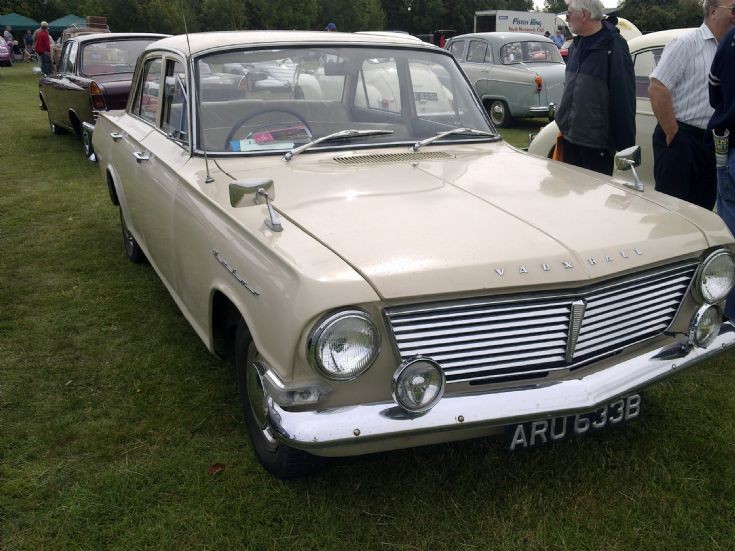
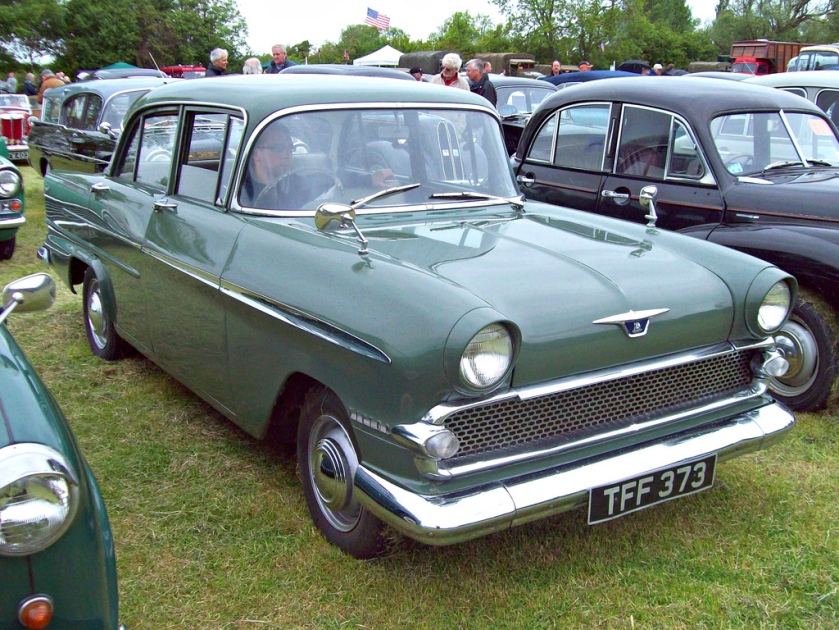




![1962 Vauxhall Victor FB(GX-98-63), NN-38-81 Opel Caravan [1953]](https://myntransportblog.wordpress.com/wp-content/uploads/2014/12/1962-vauxhall-victor-fbgx-98-63-nn-38-81-opel-caravan-19531.jpg?w=840)

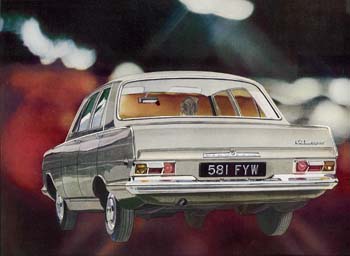

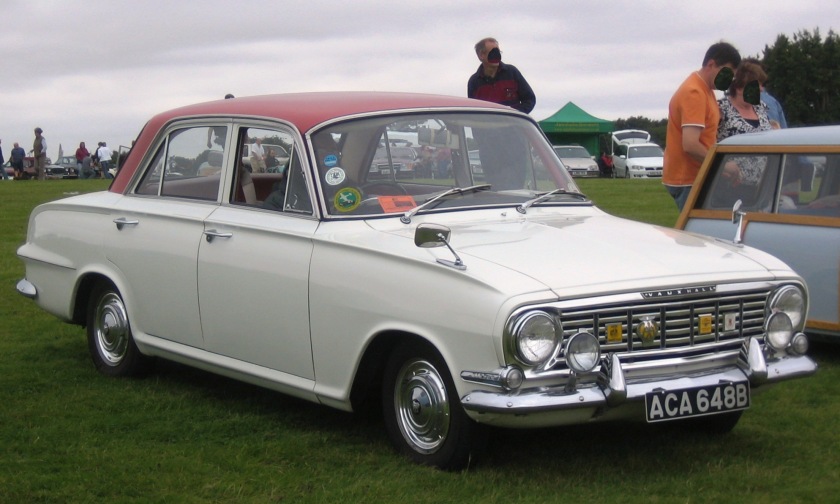
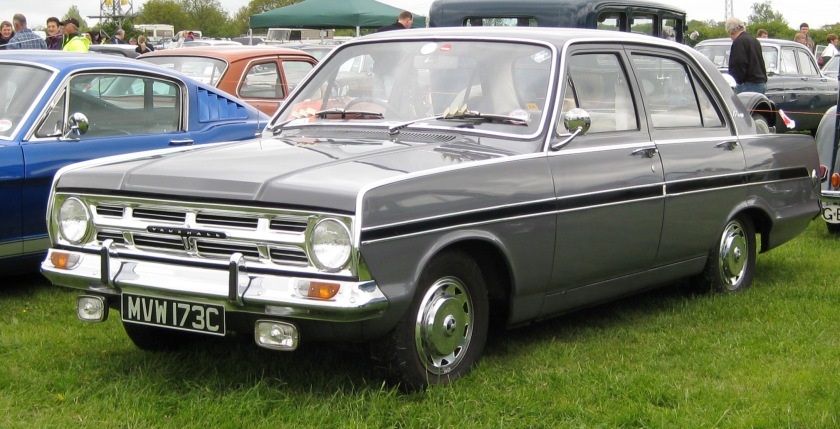









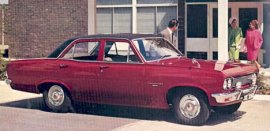







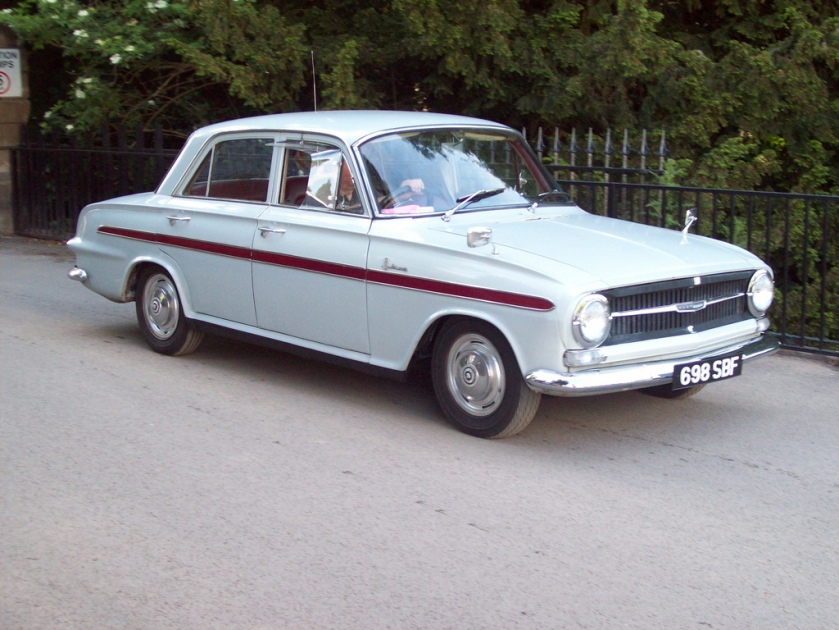
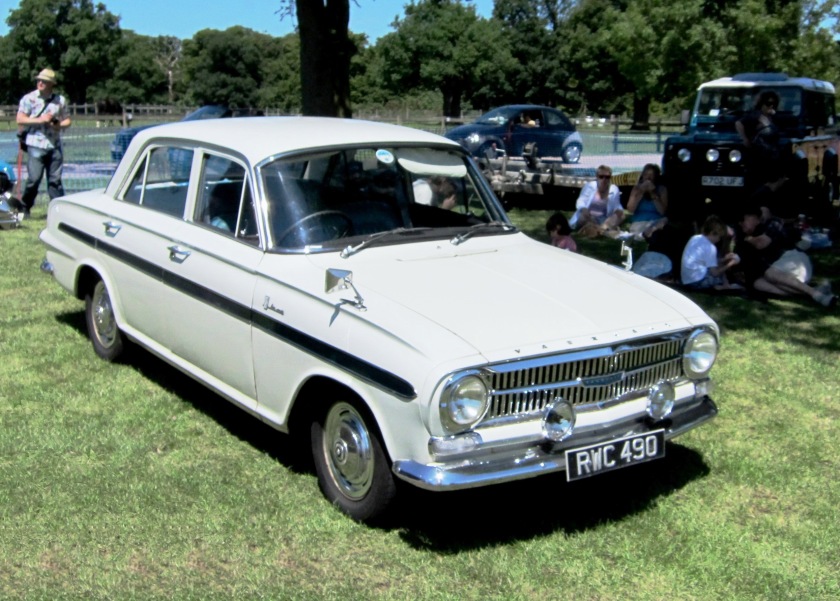





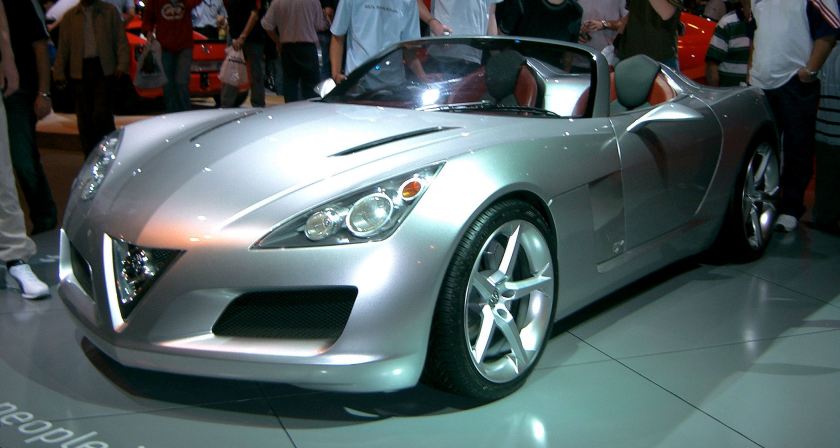























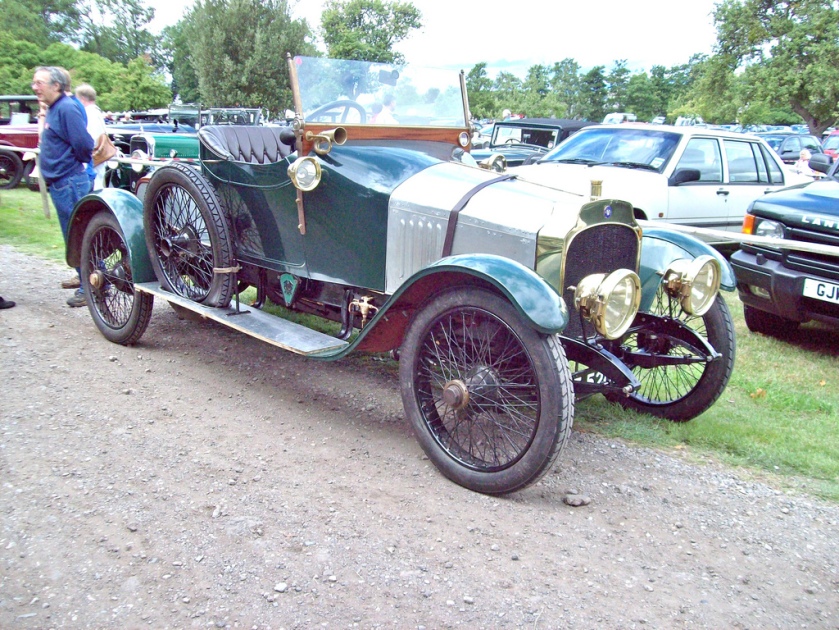
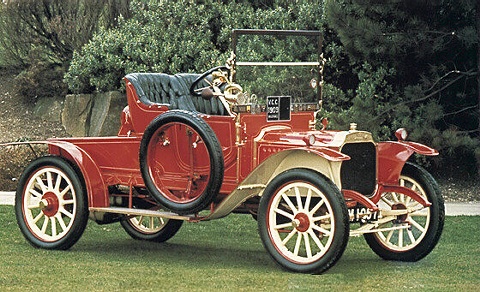







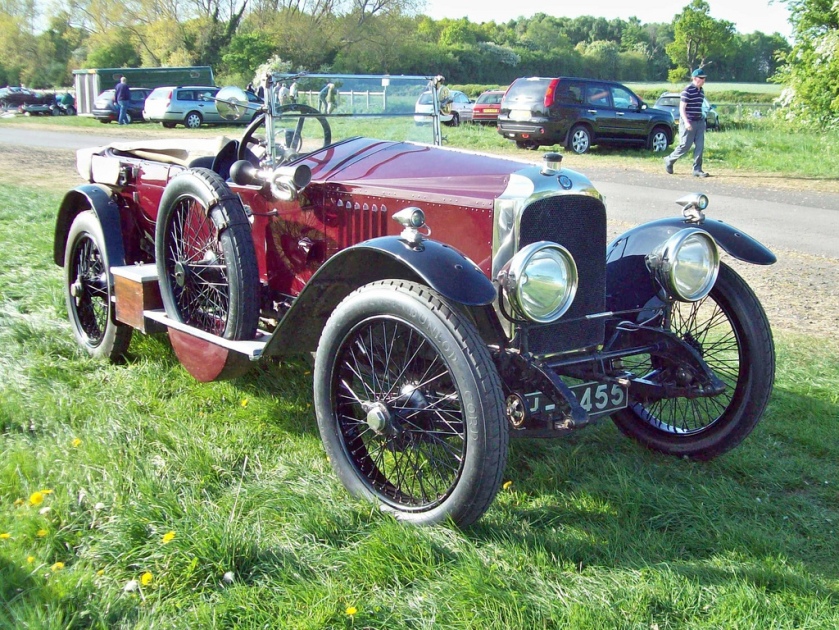

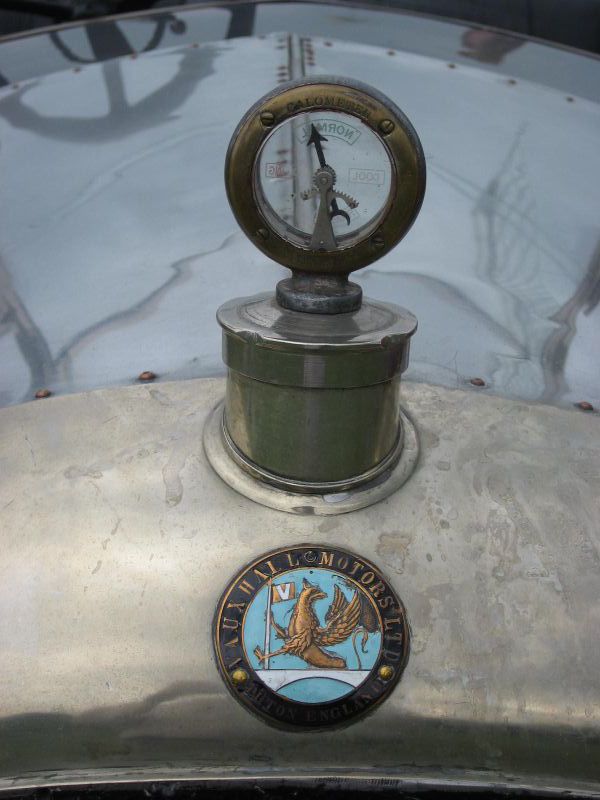




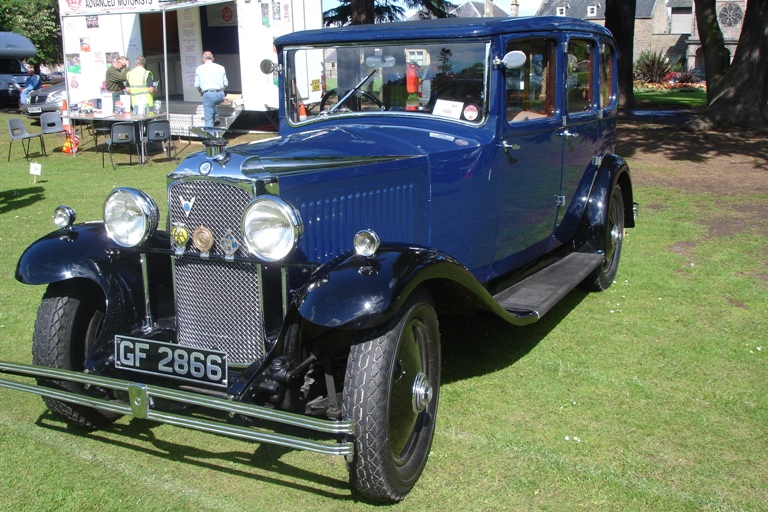










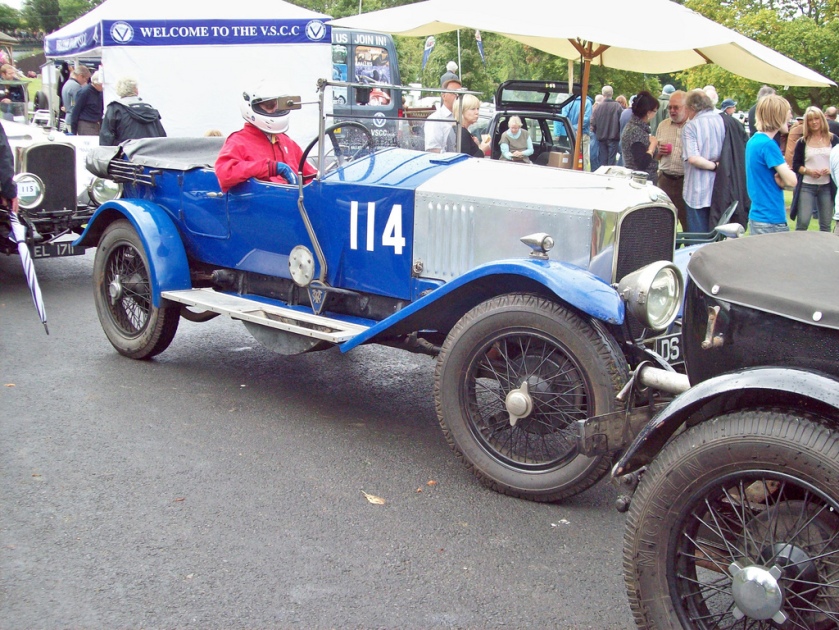







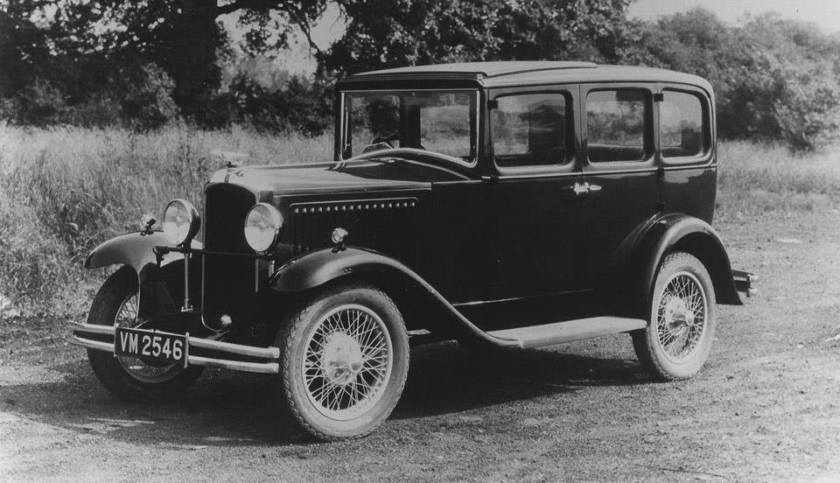










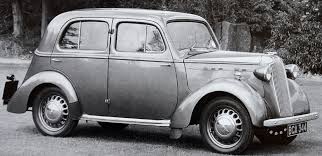


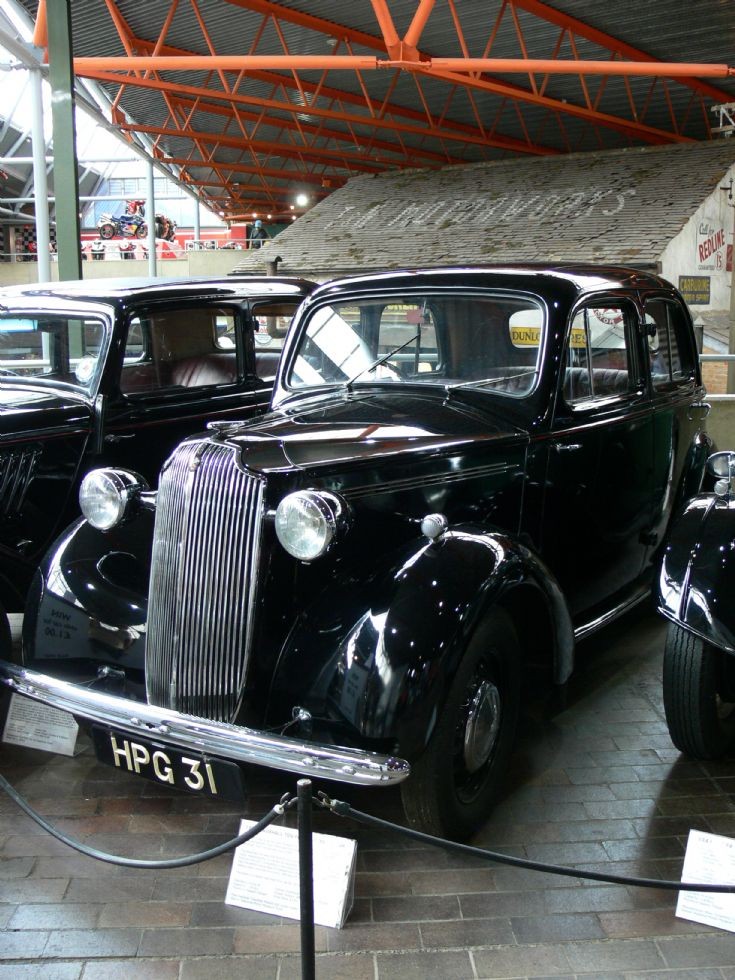














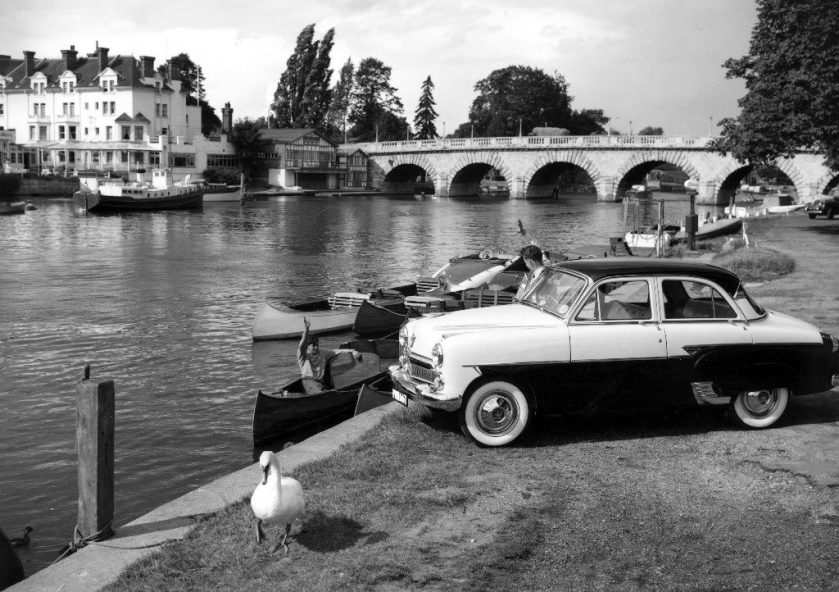






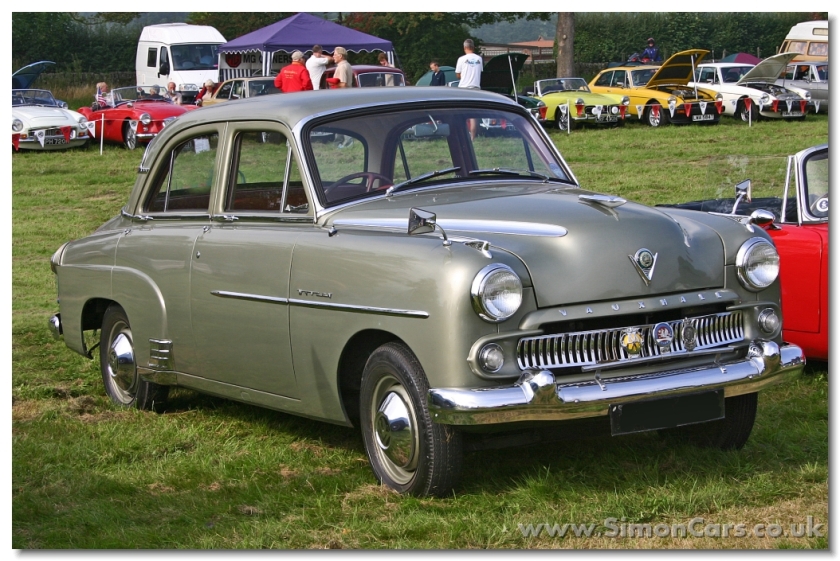








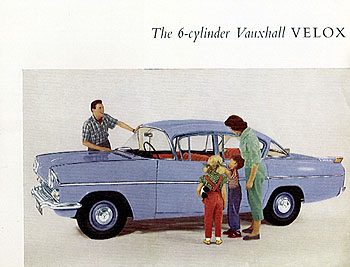



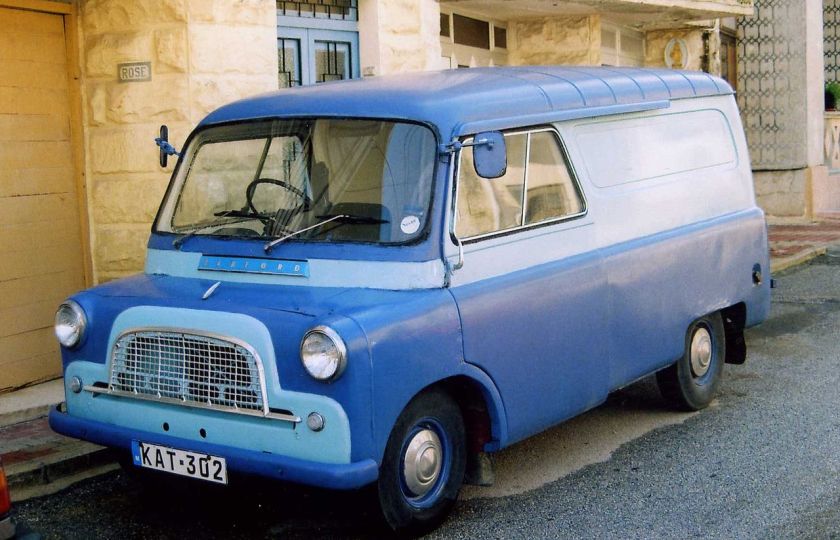












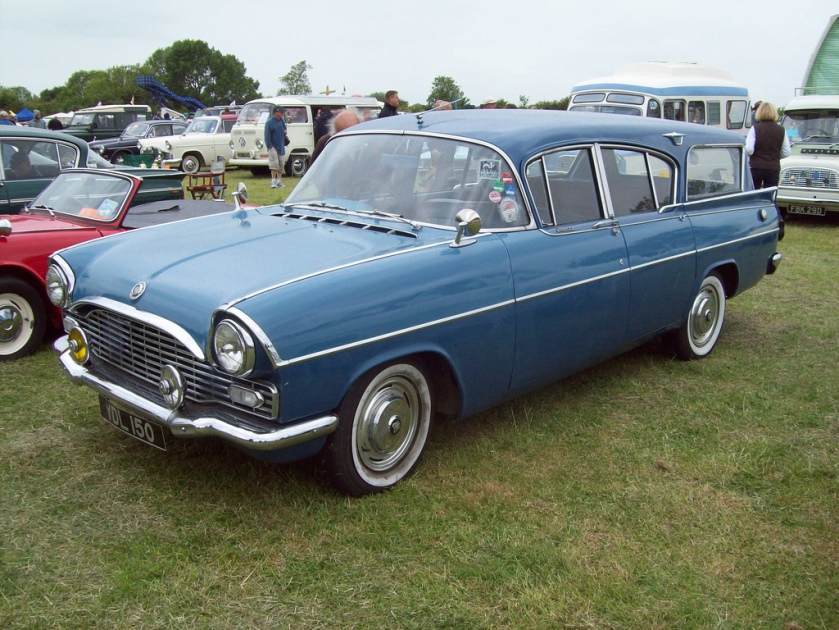
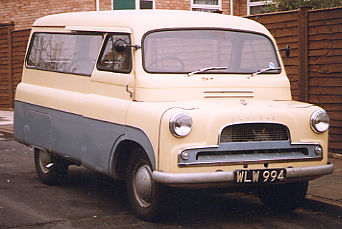


![1962 Vauxhall Victor FB(GX-98-63), NN-38-81 Opel Caravan [1953]](https://myntransportblog.wordpress.com/wp-content/uploads/2014/12/1962-vauxhall-victor-fbgx-98-63-nn-38-81-opel-caravan-19532.jpg?w=840)
































